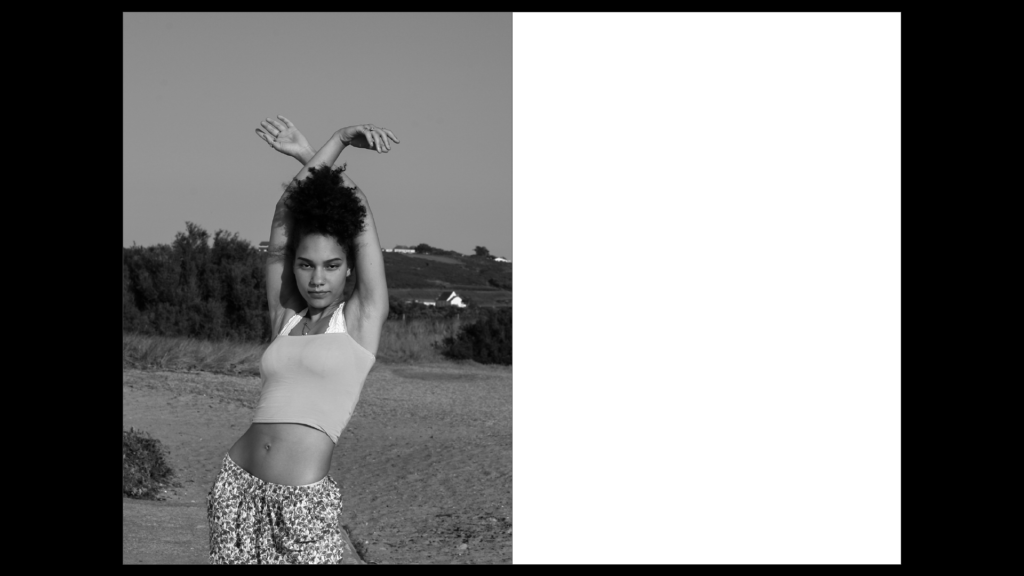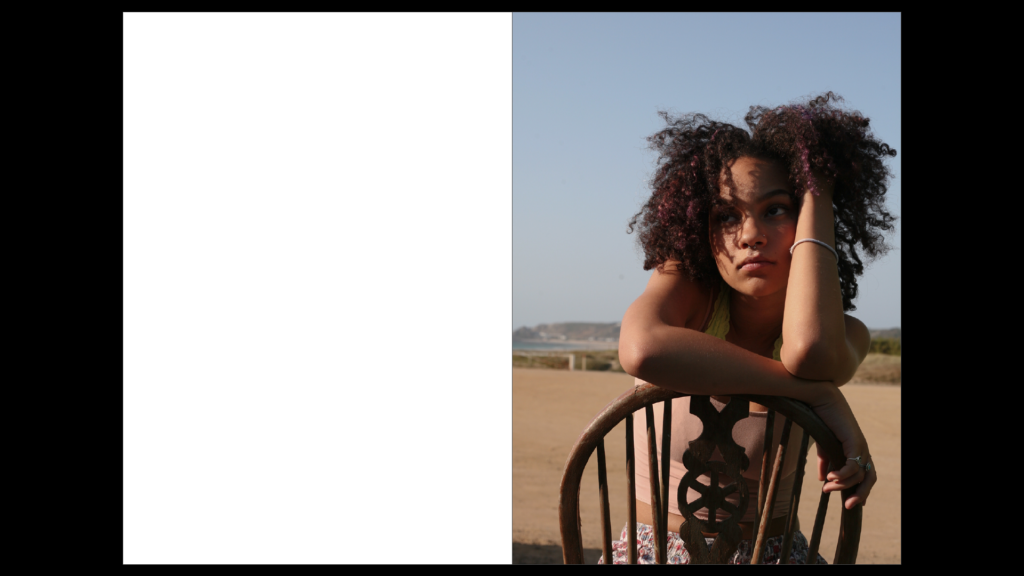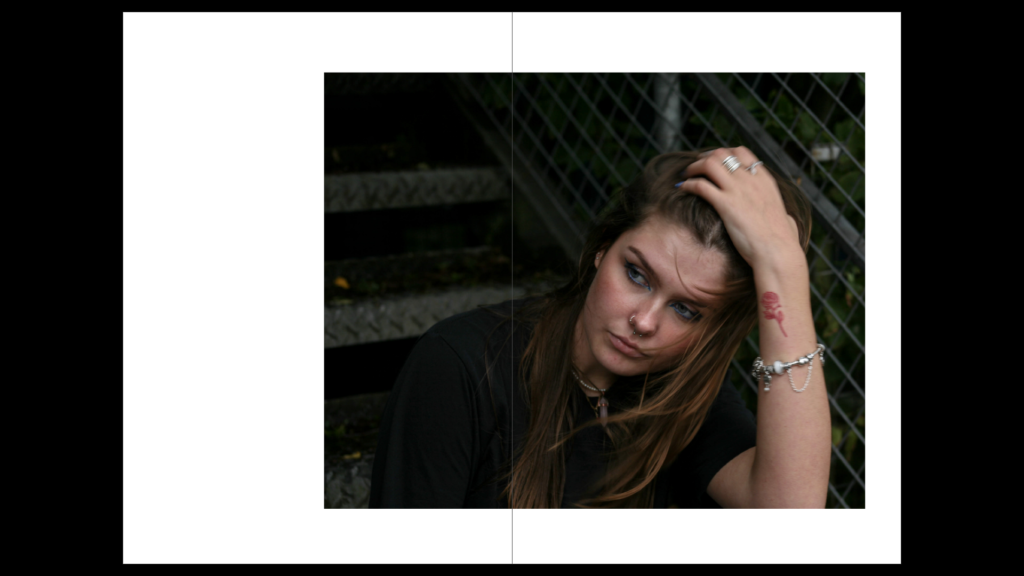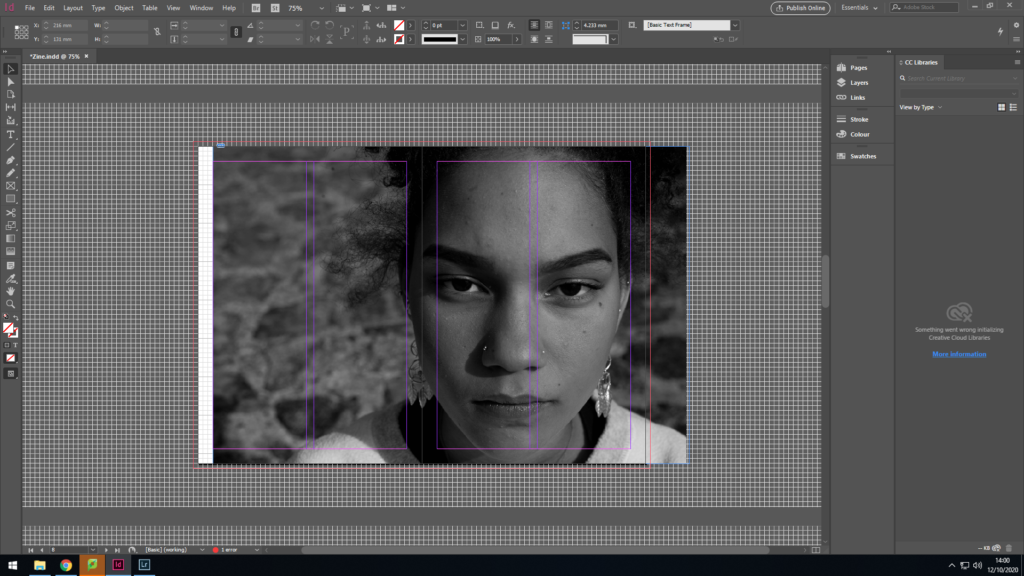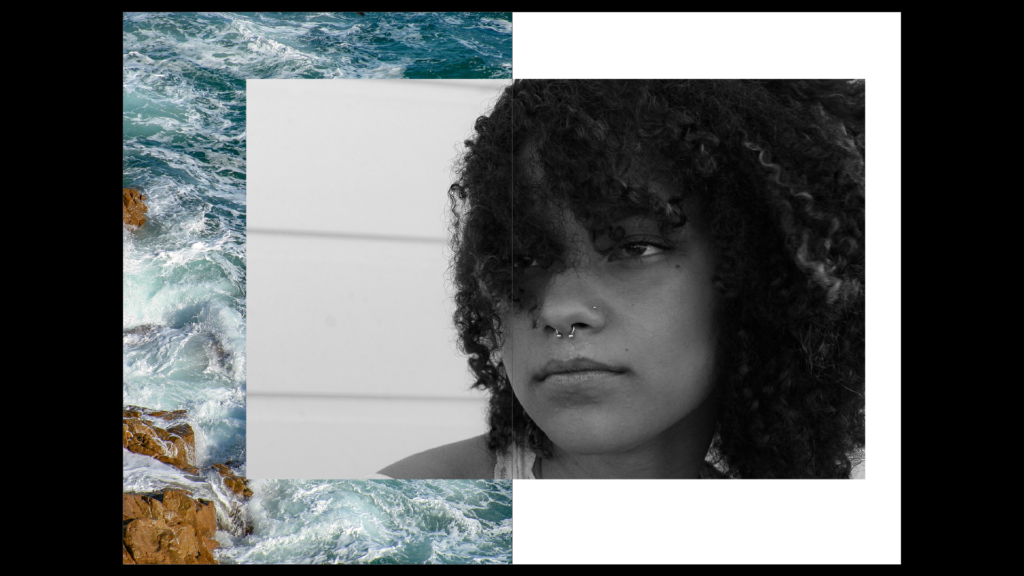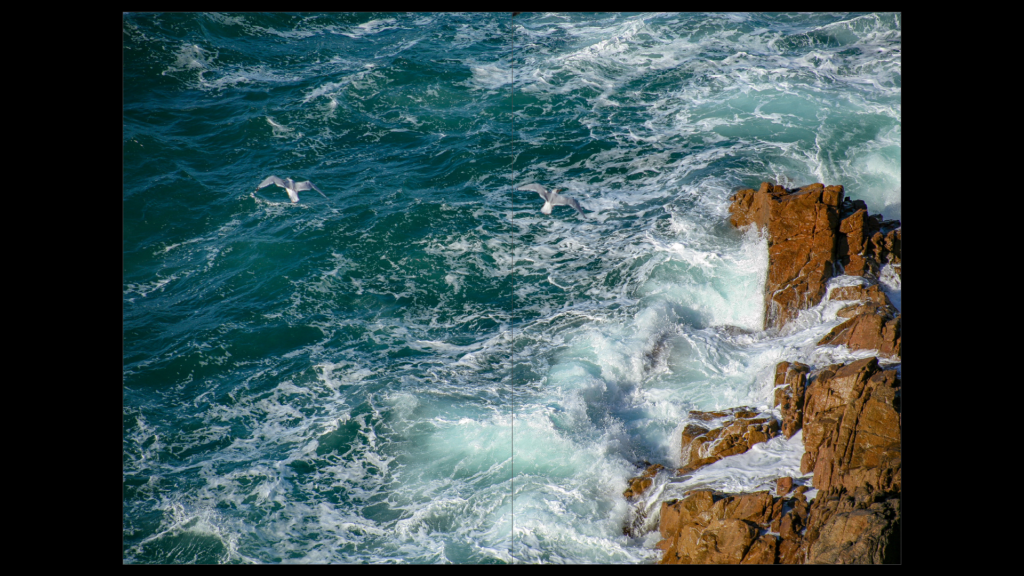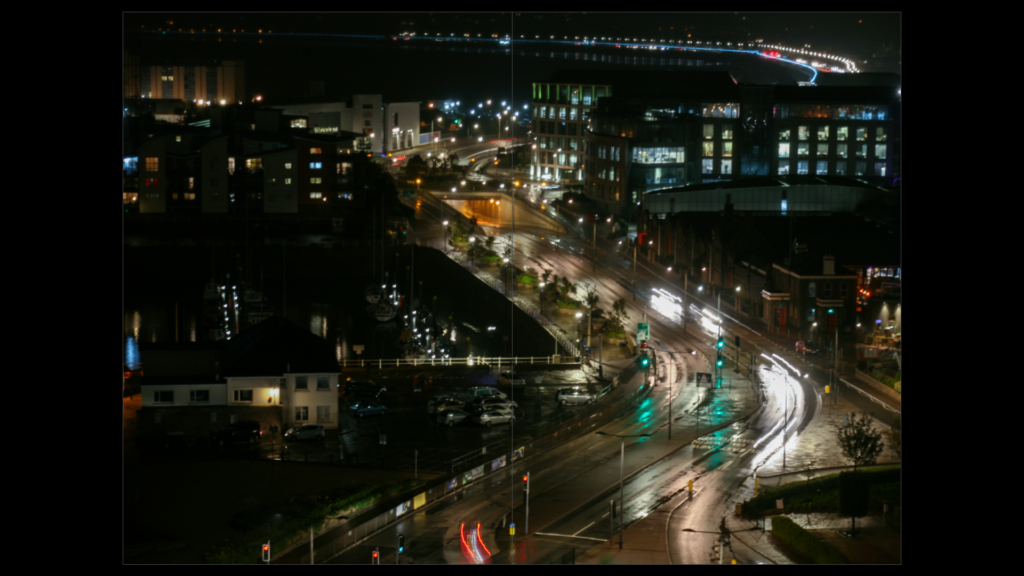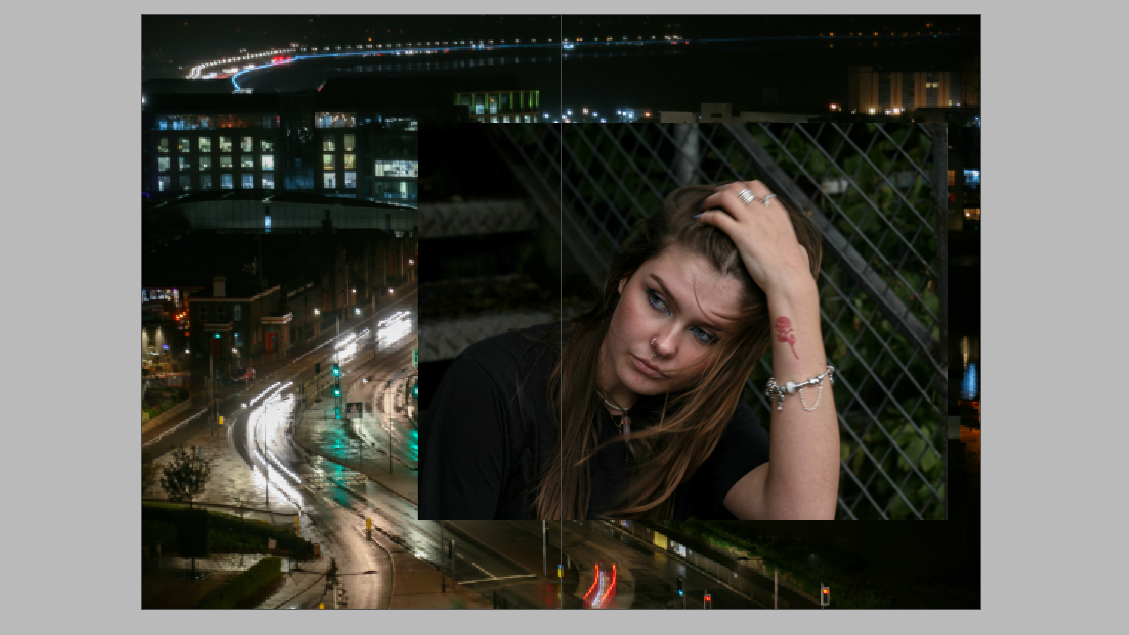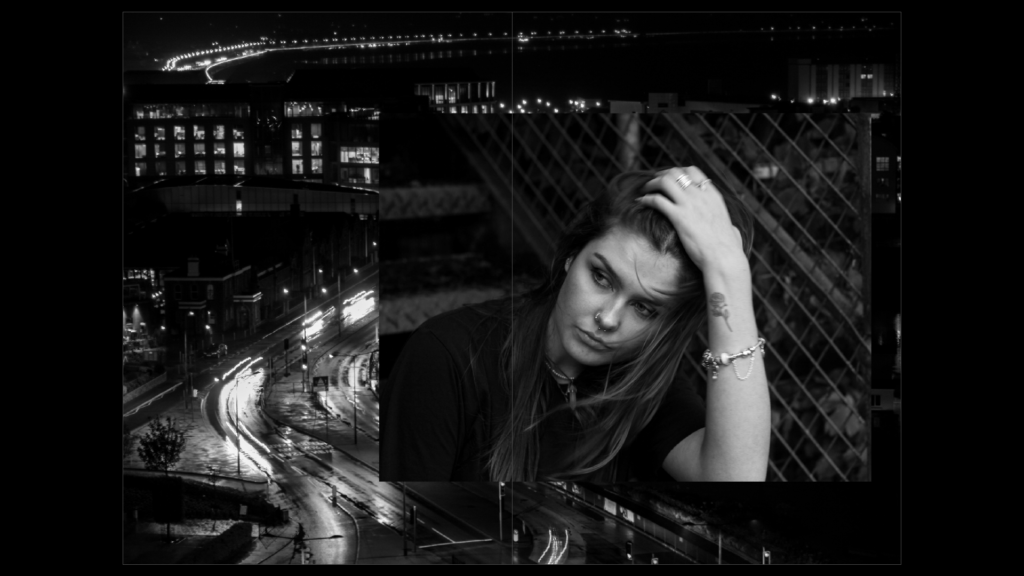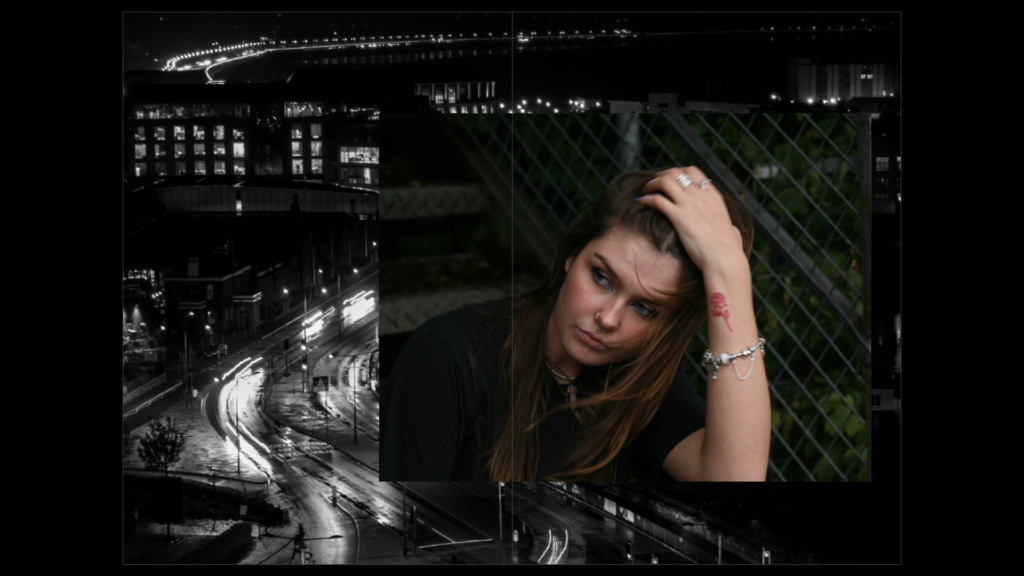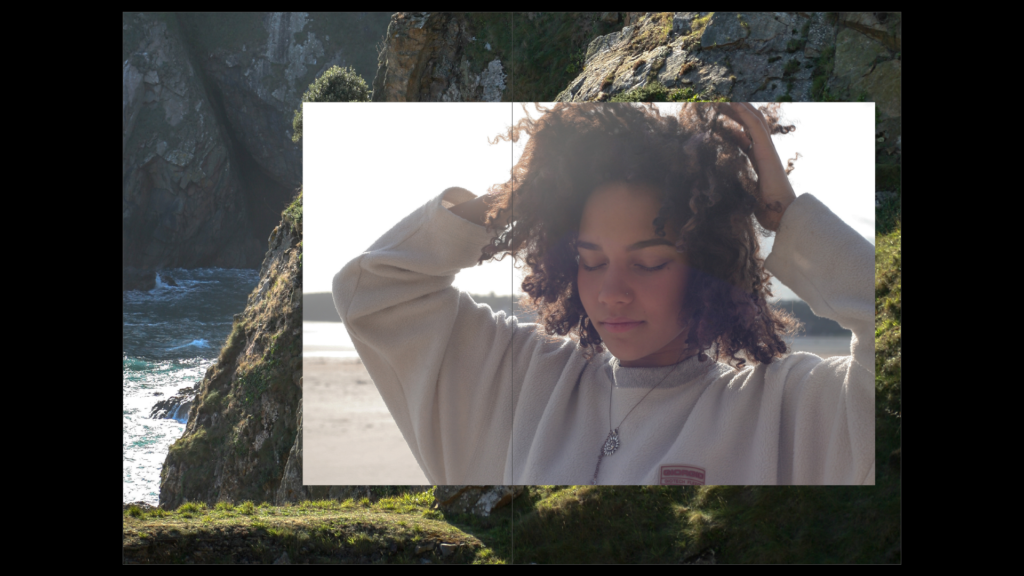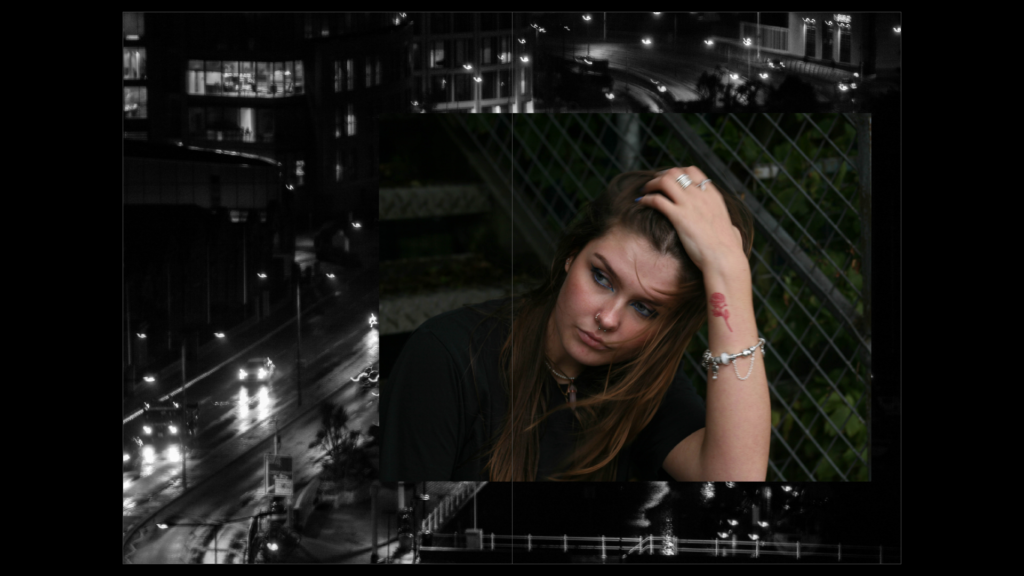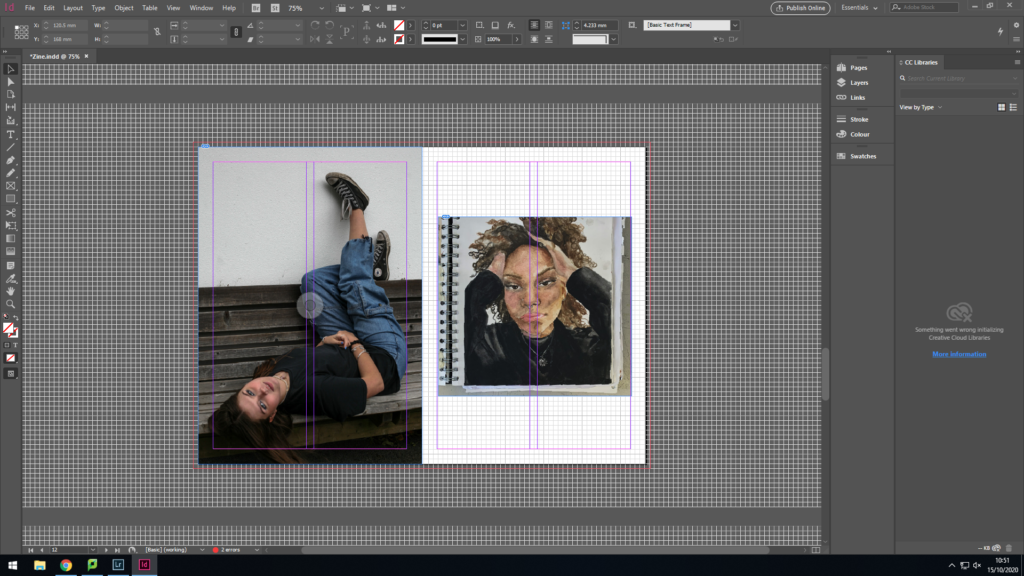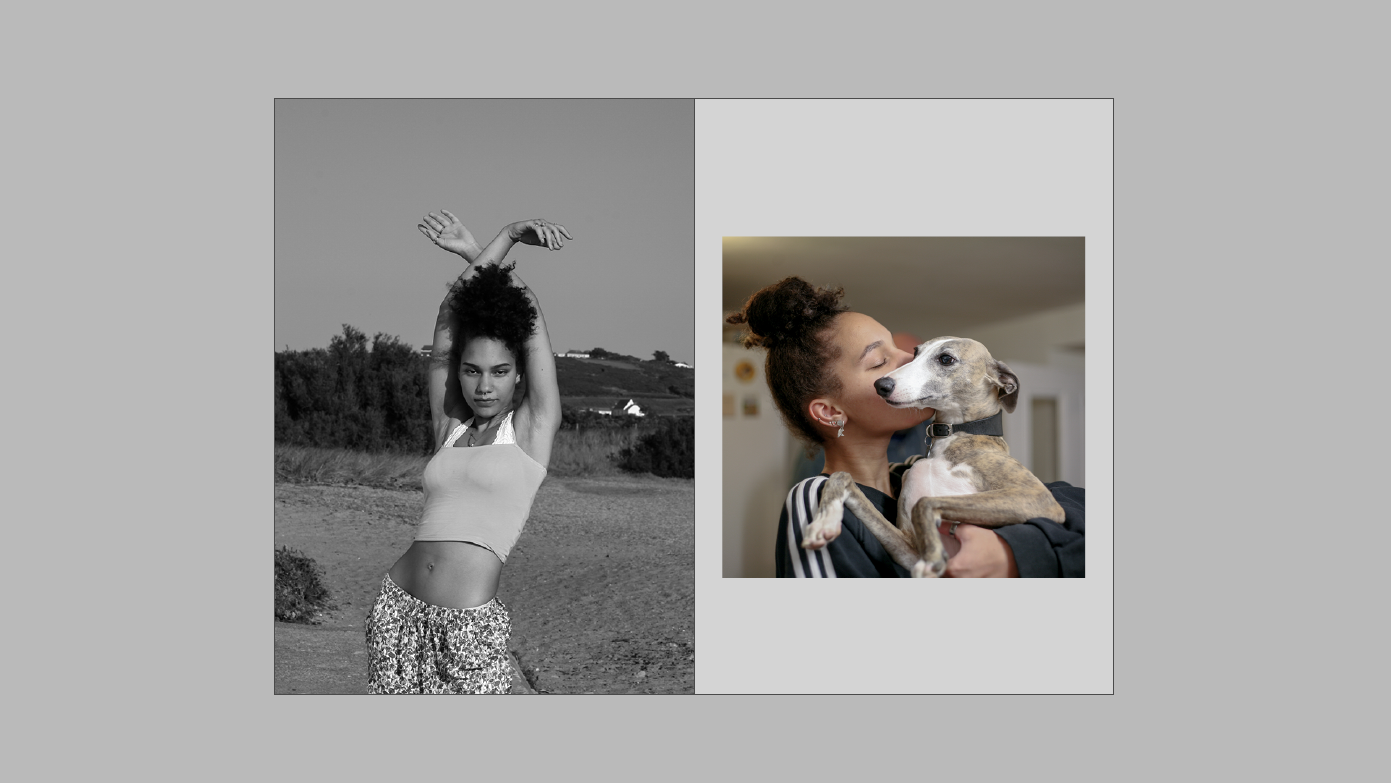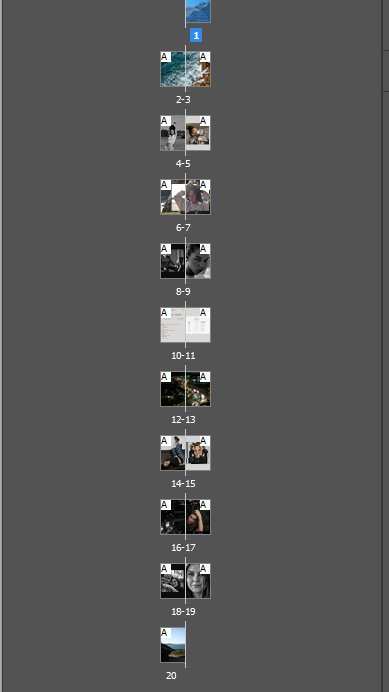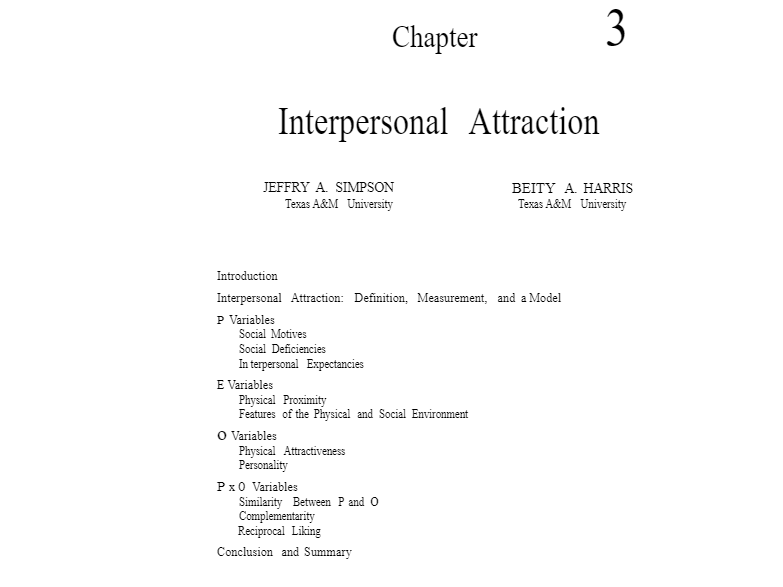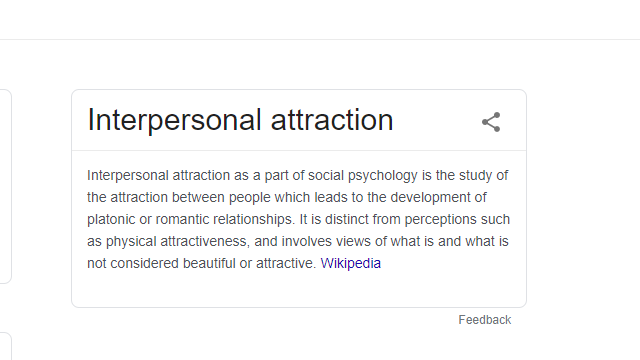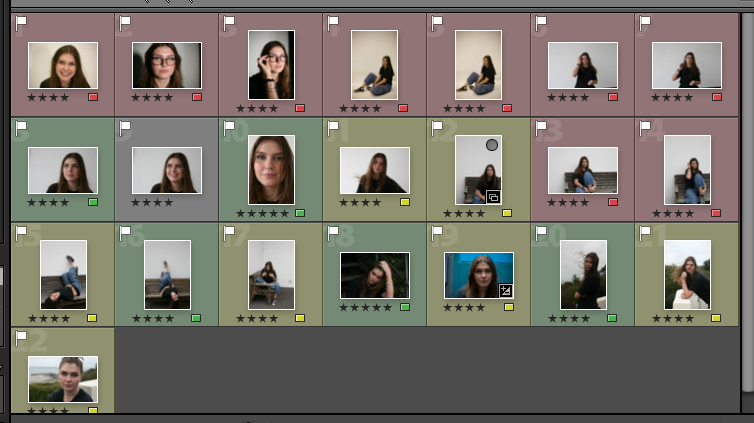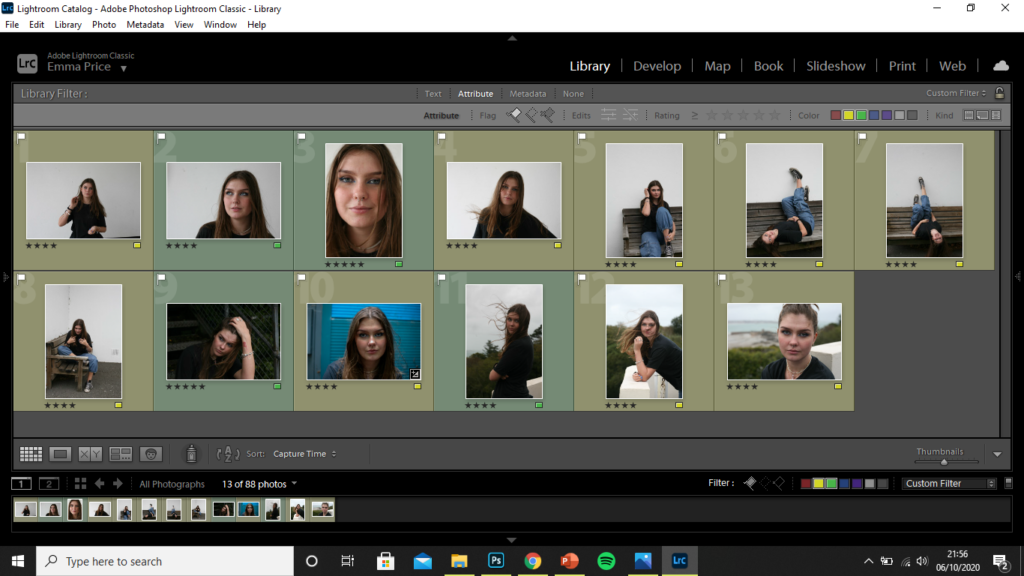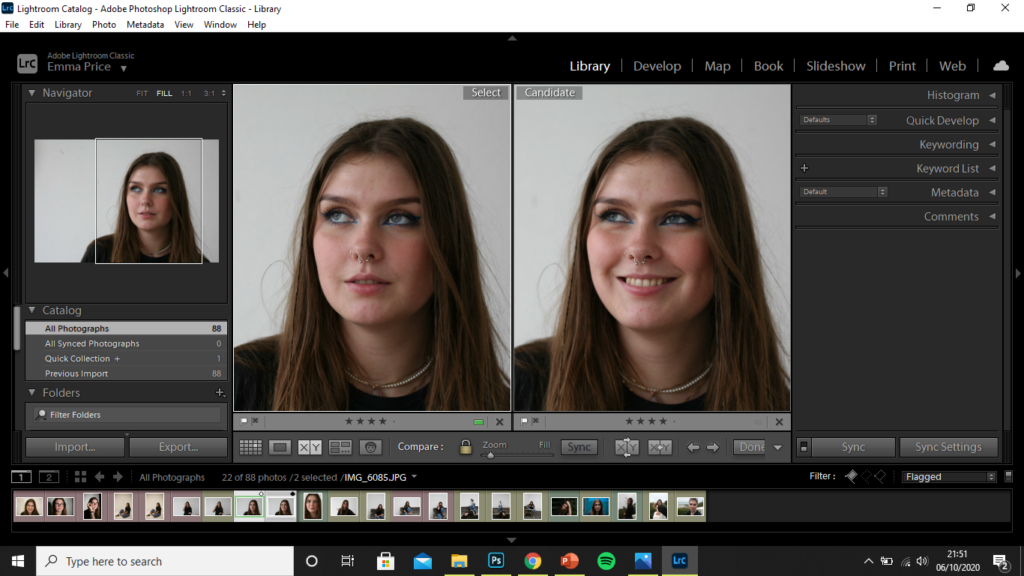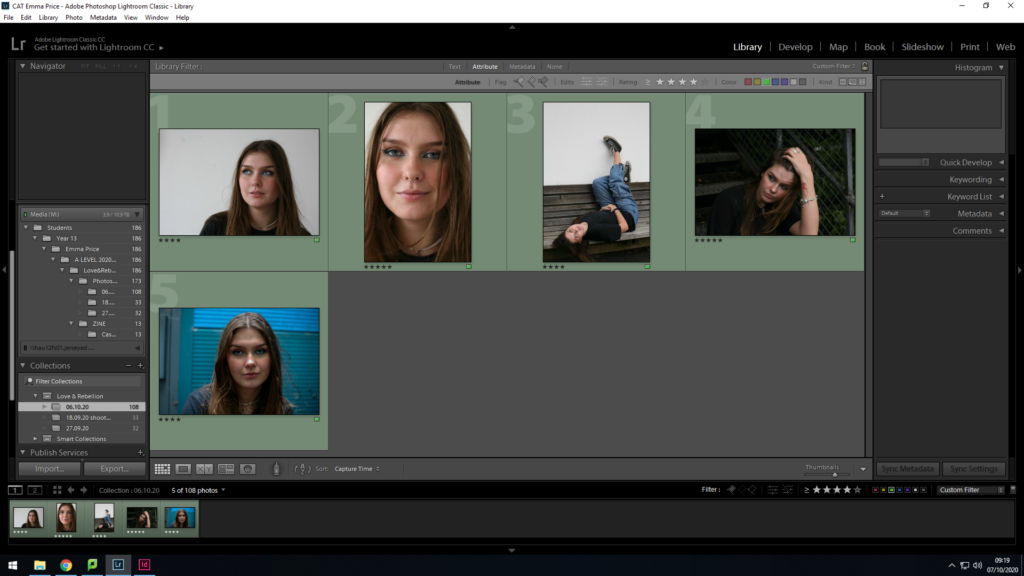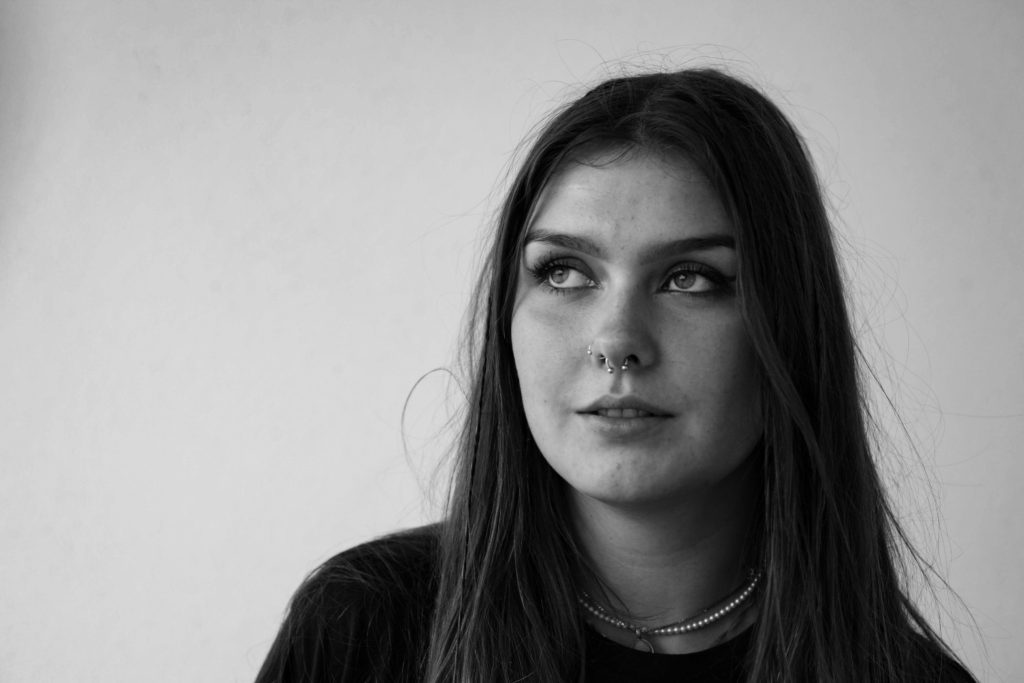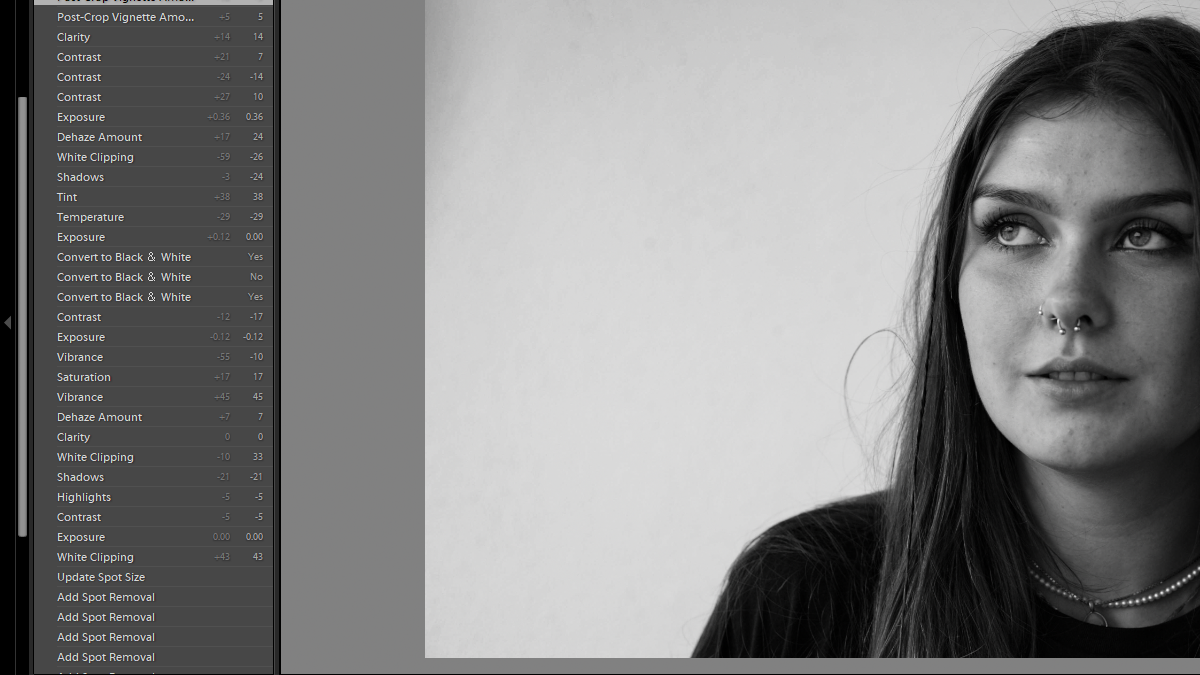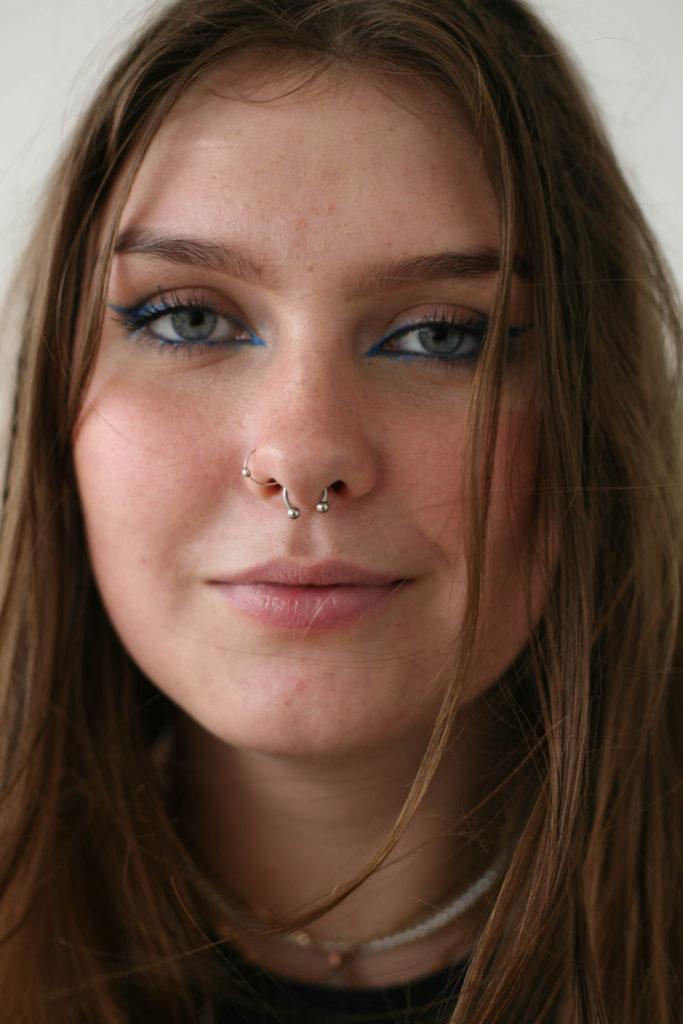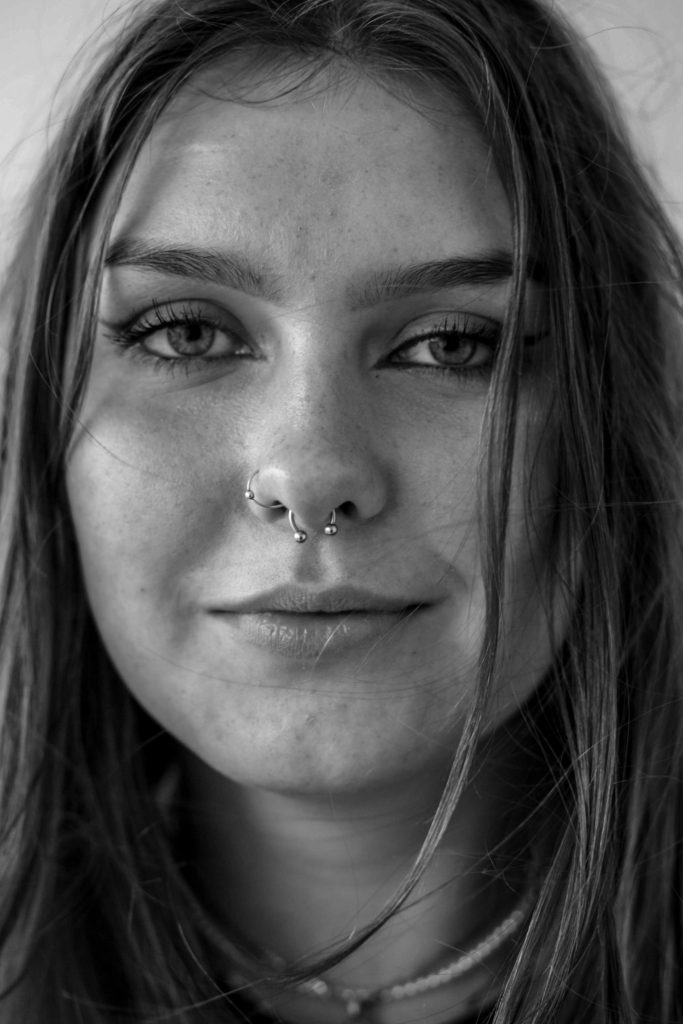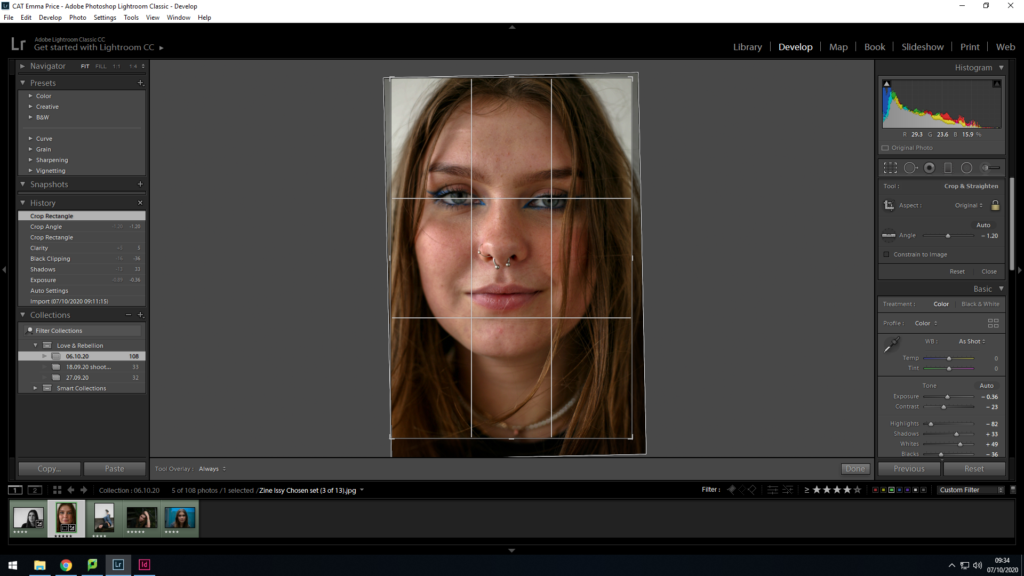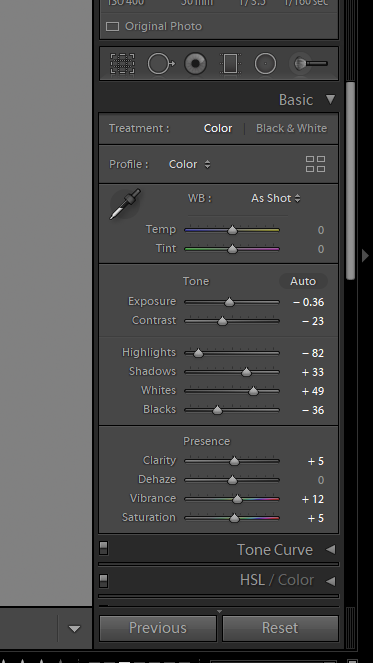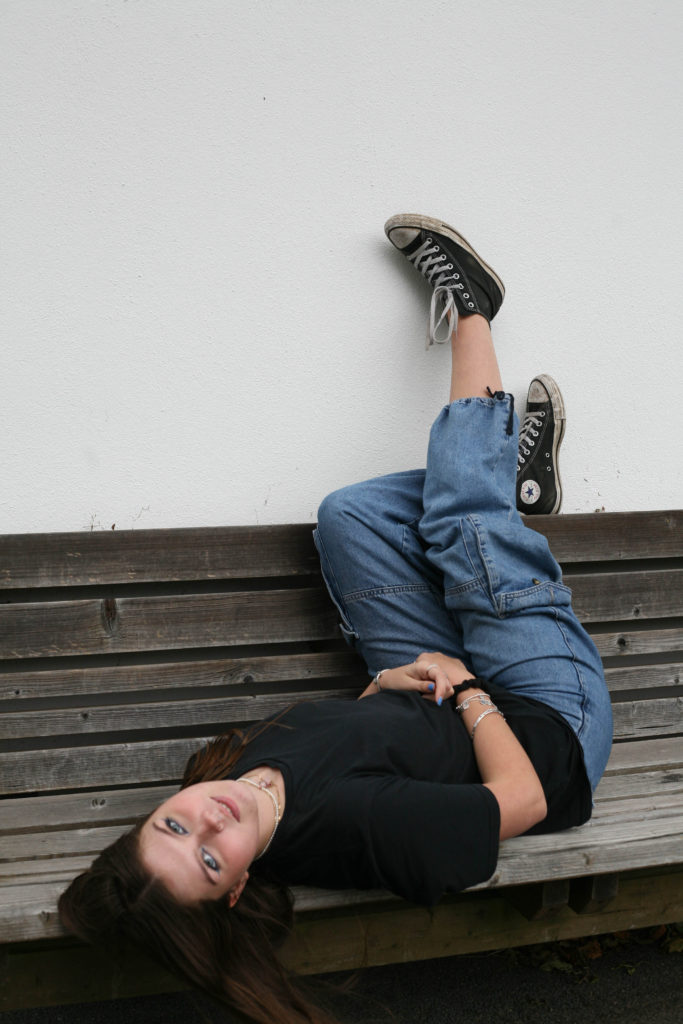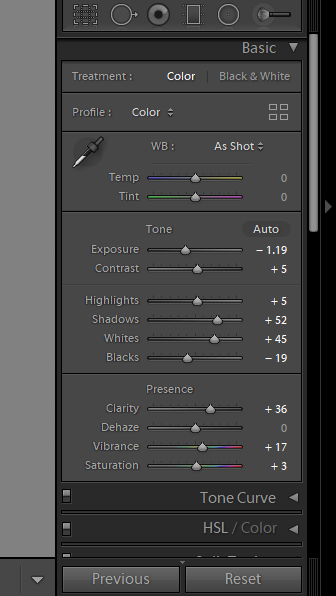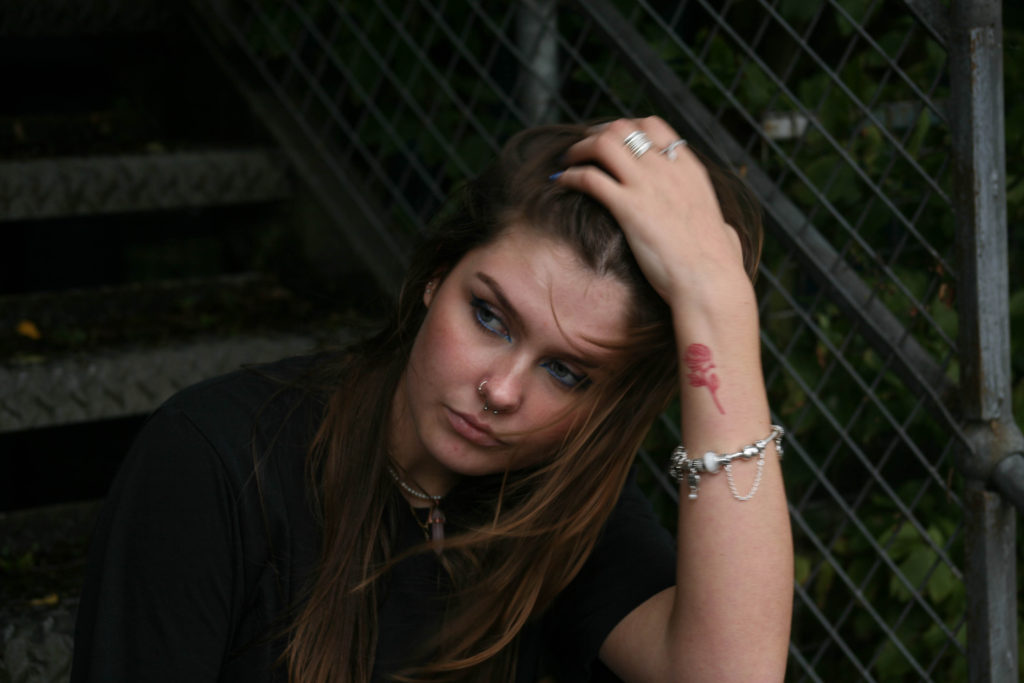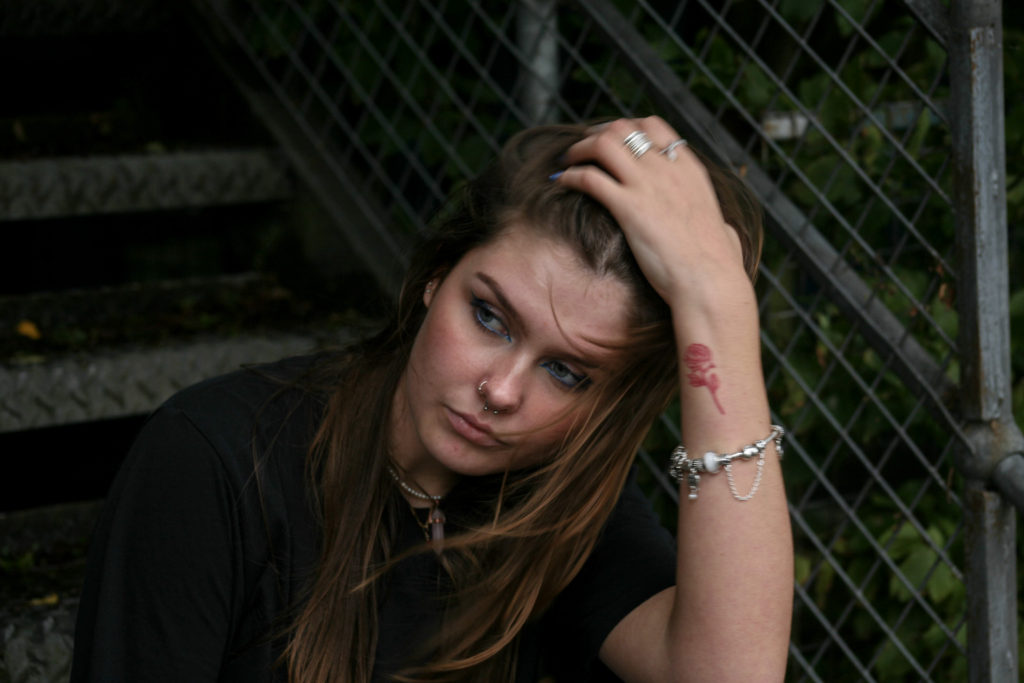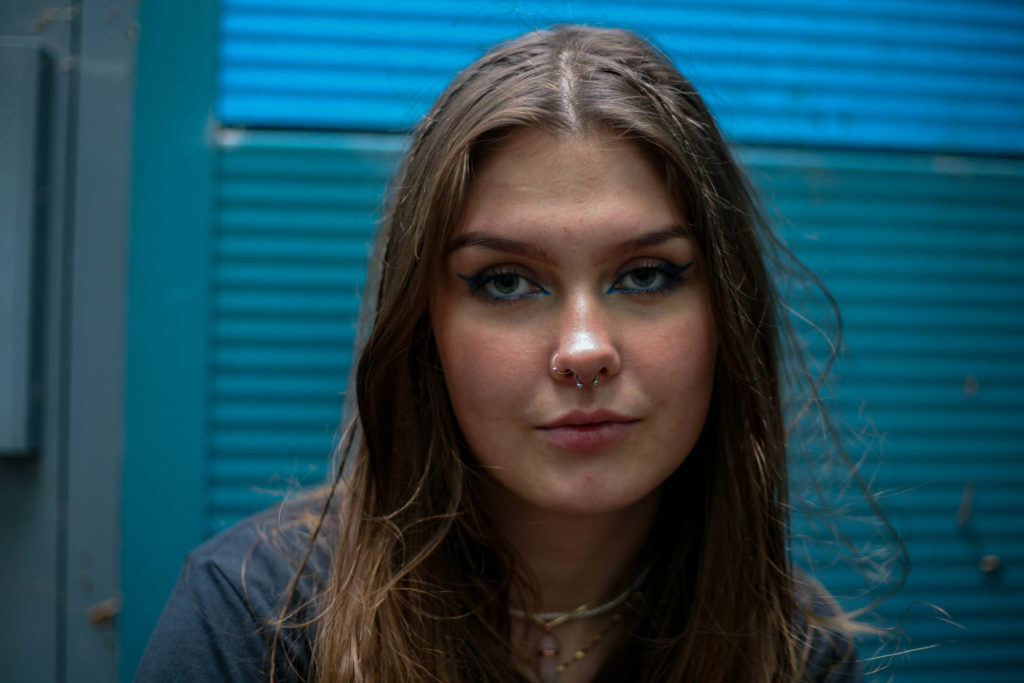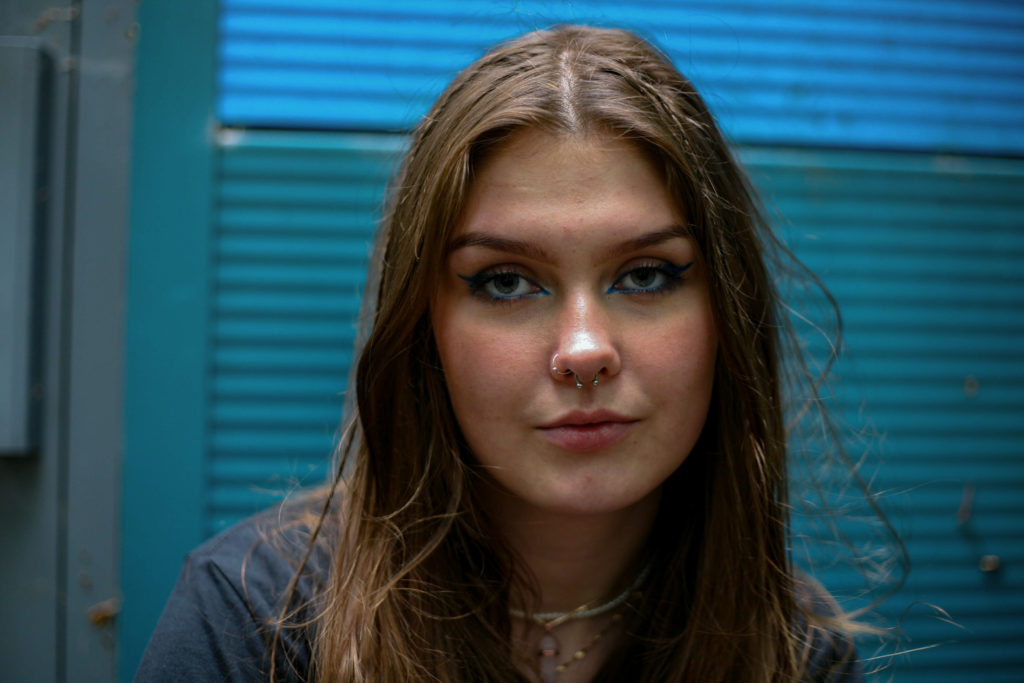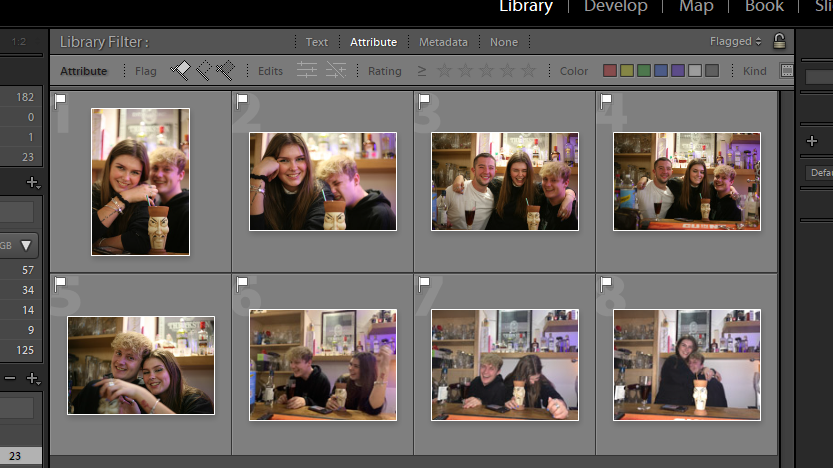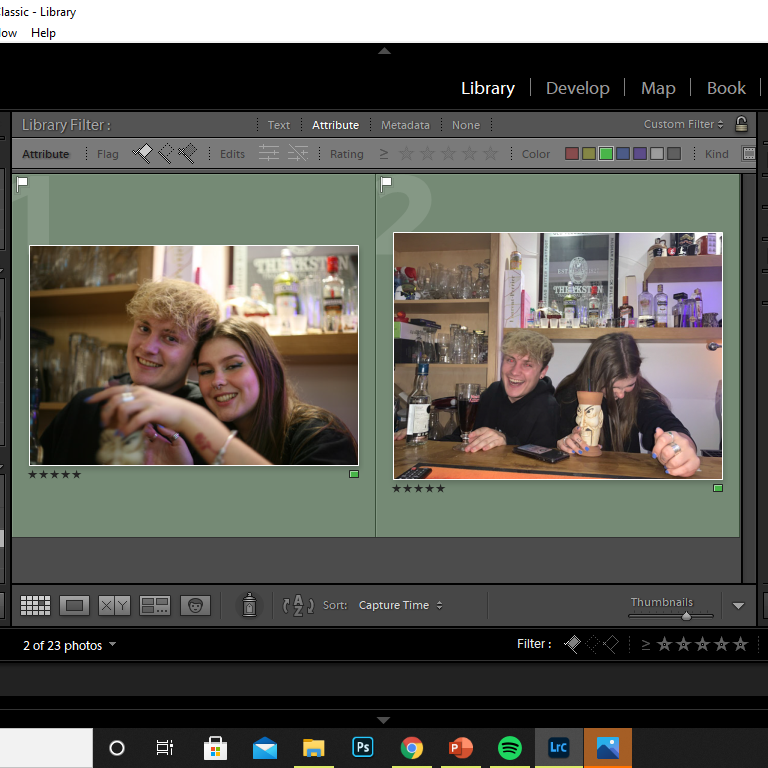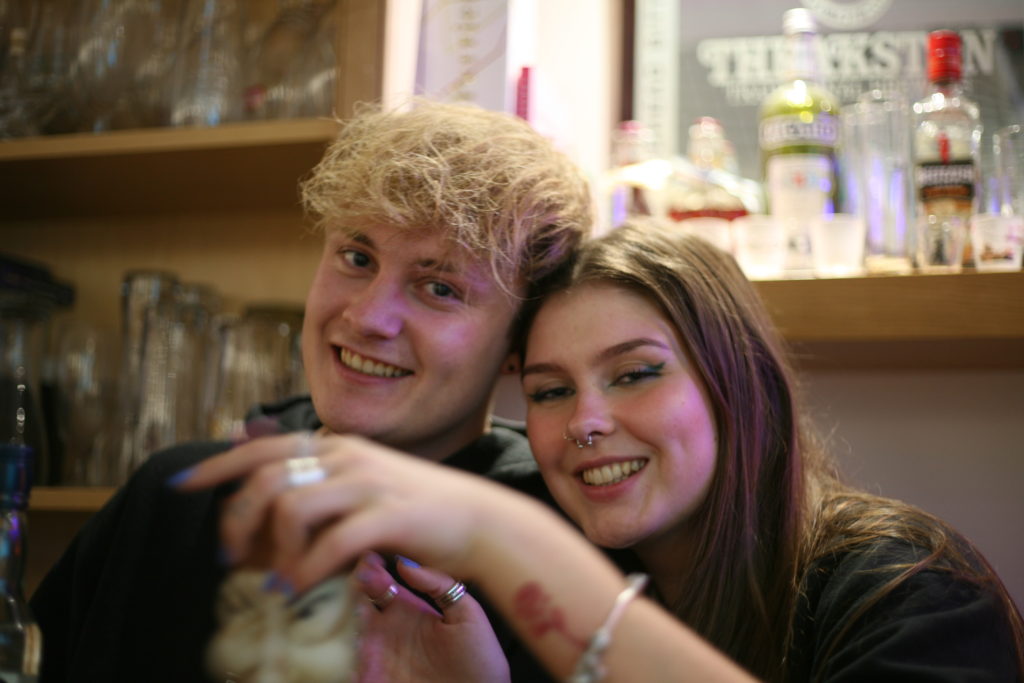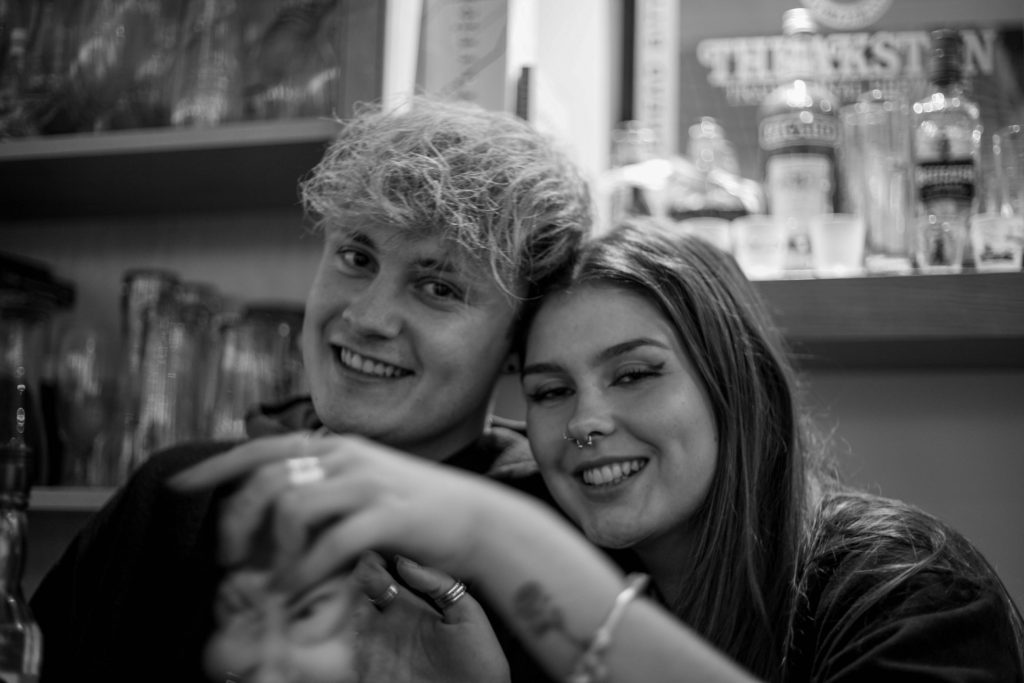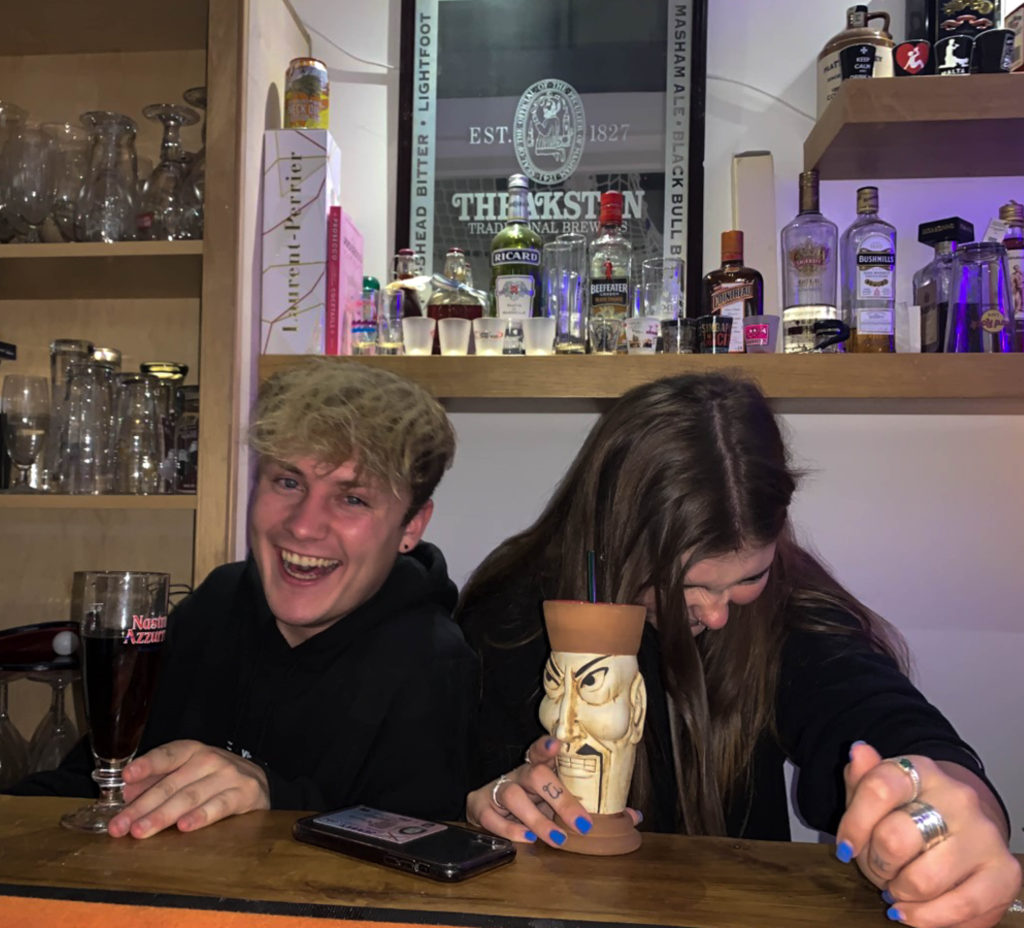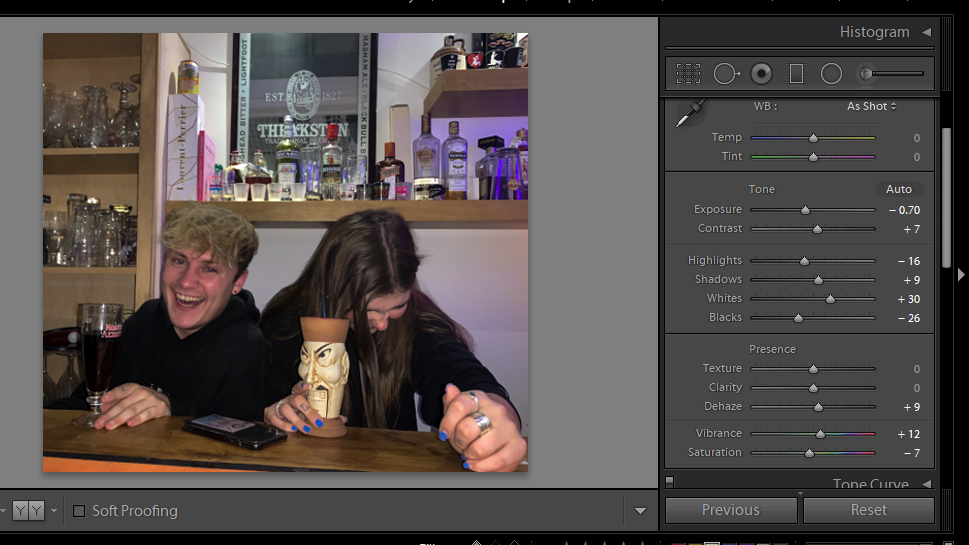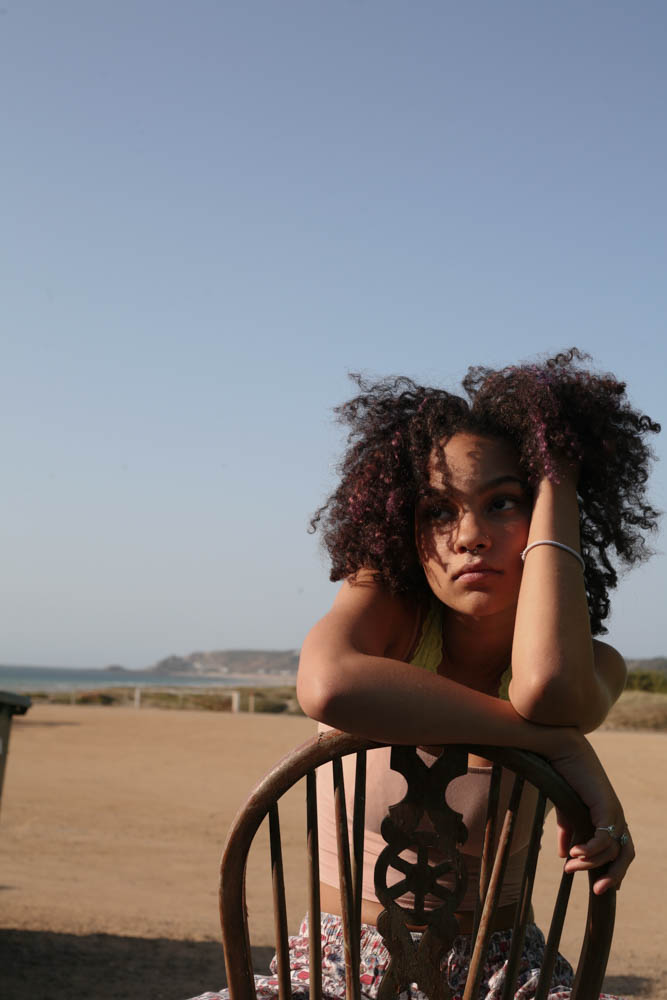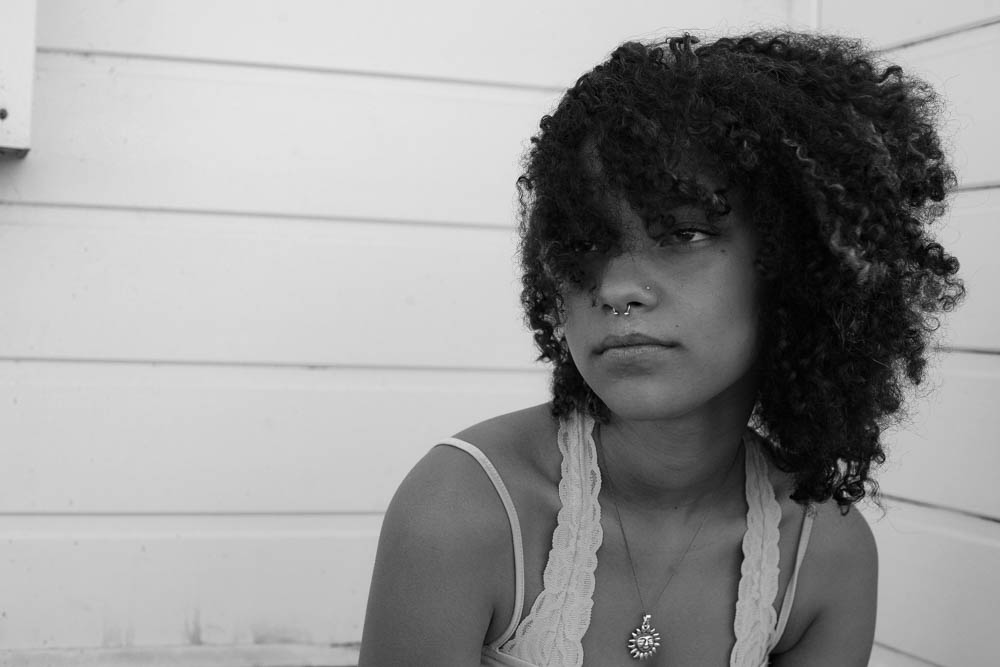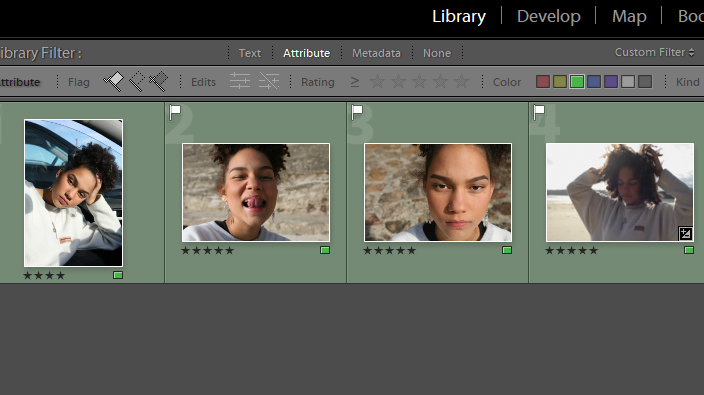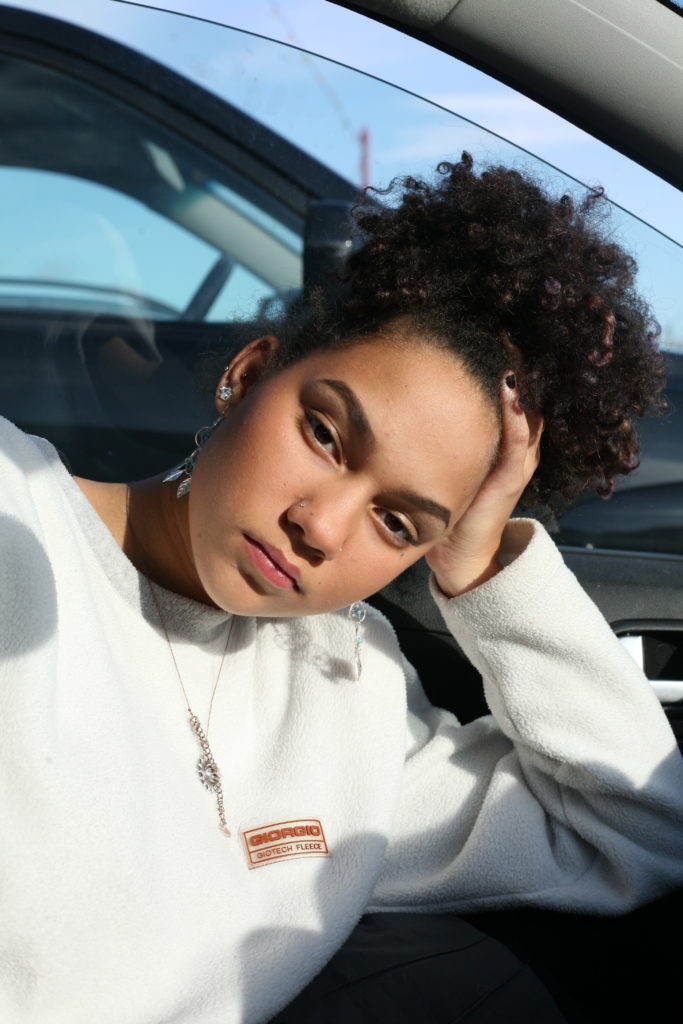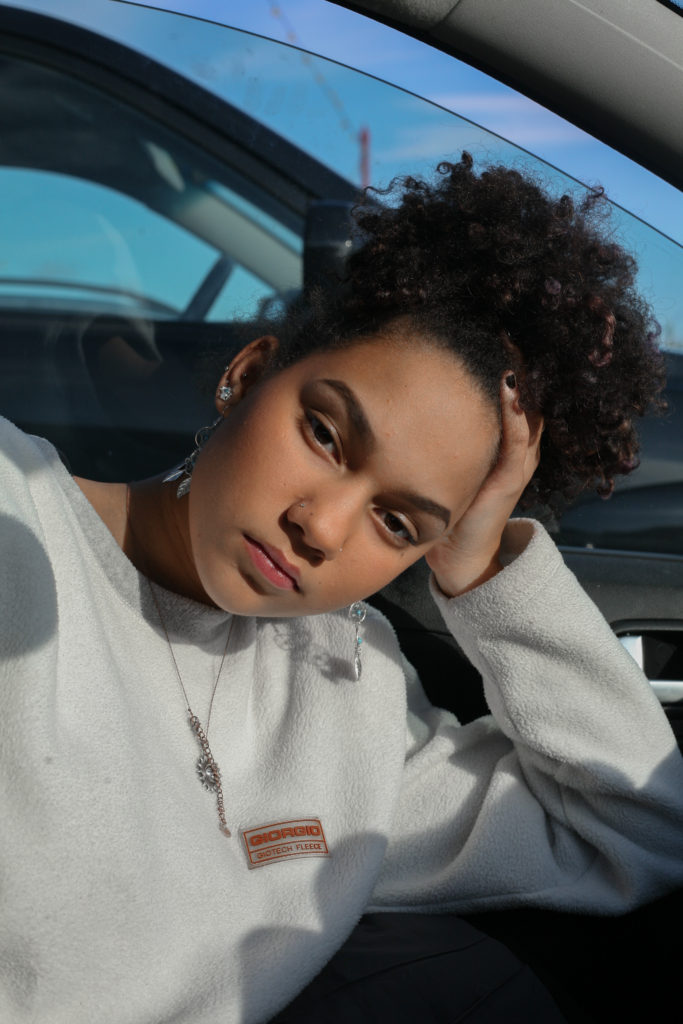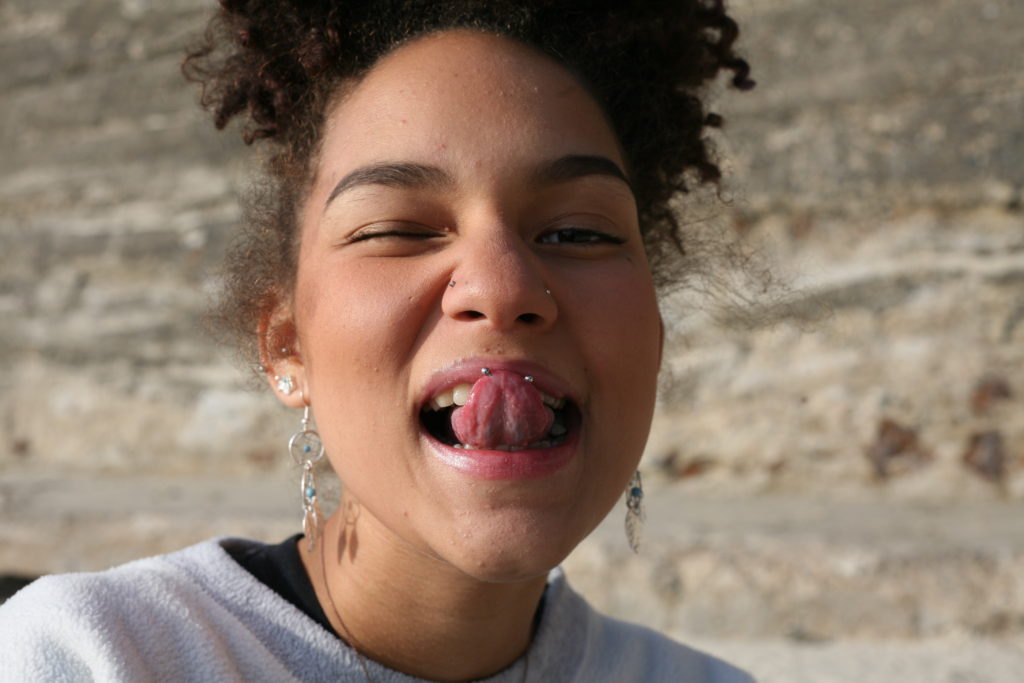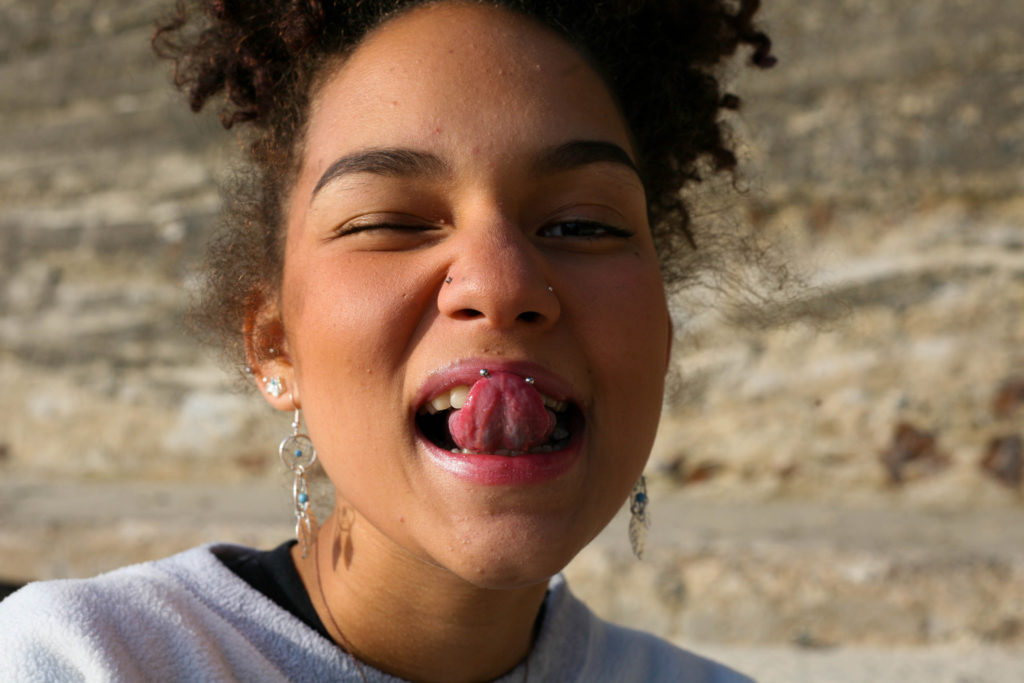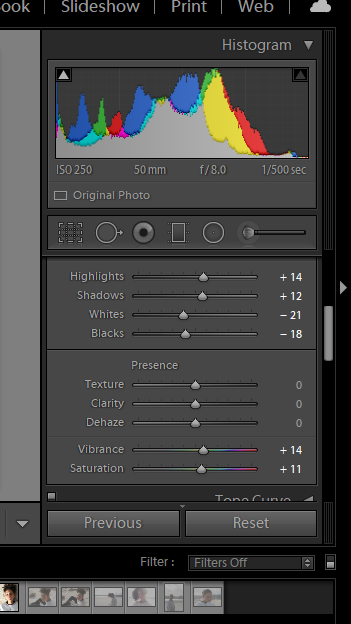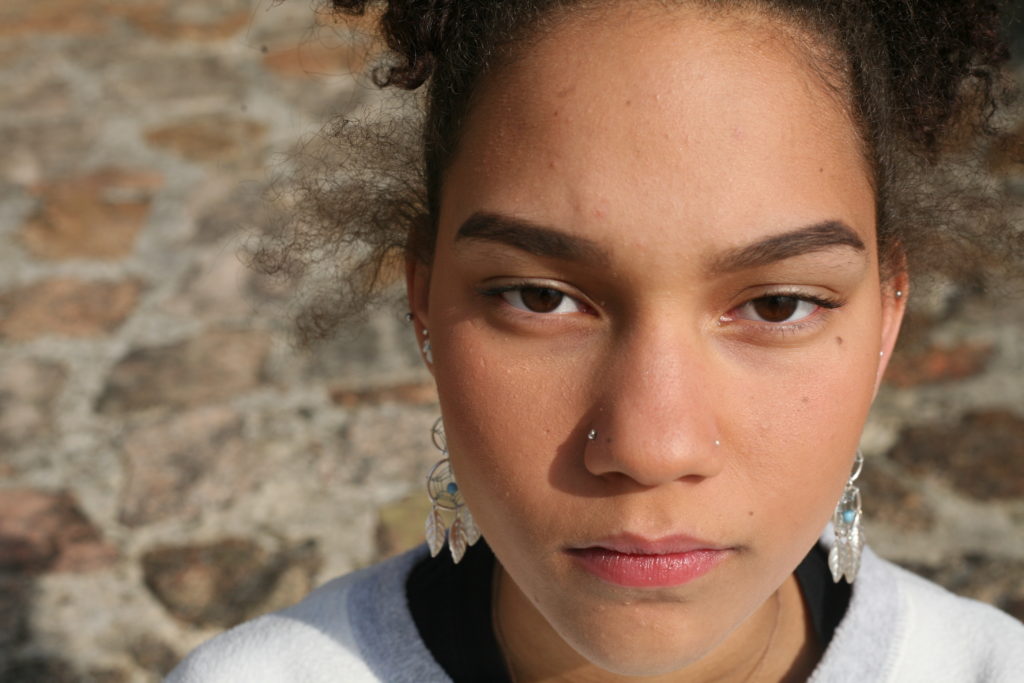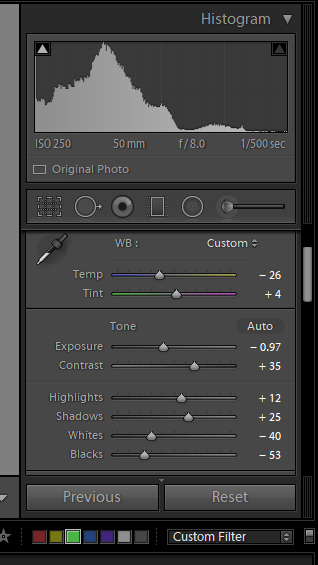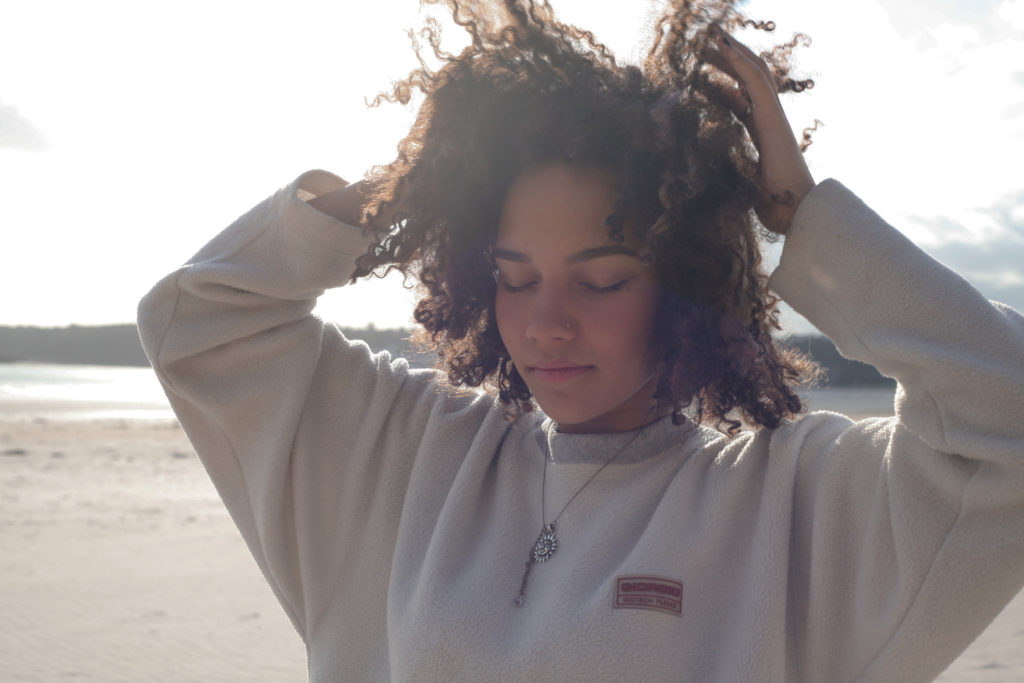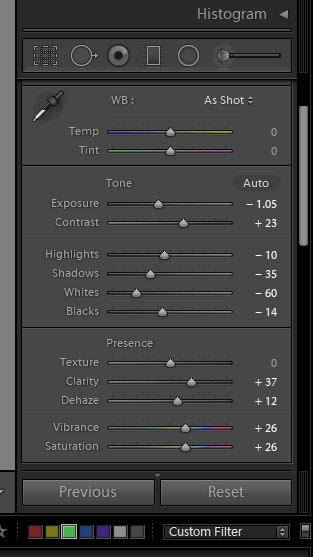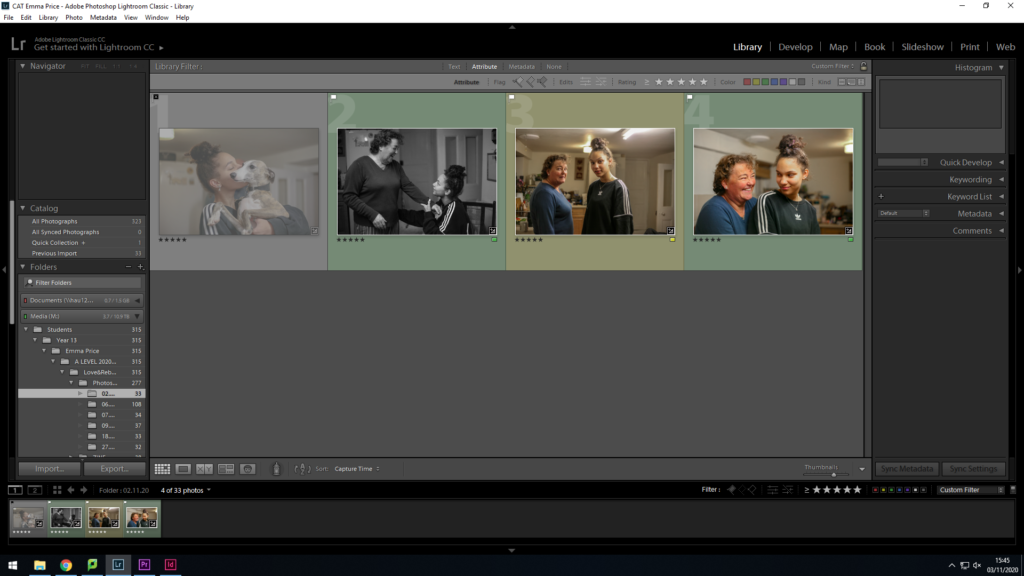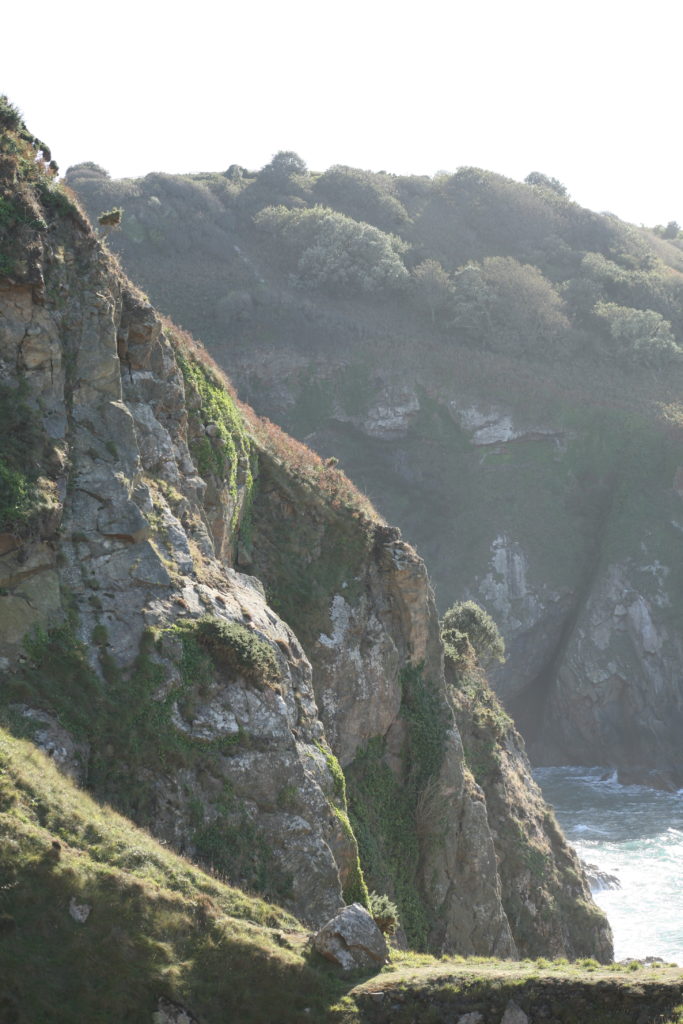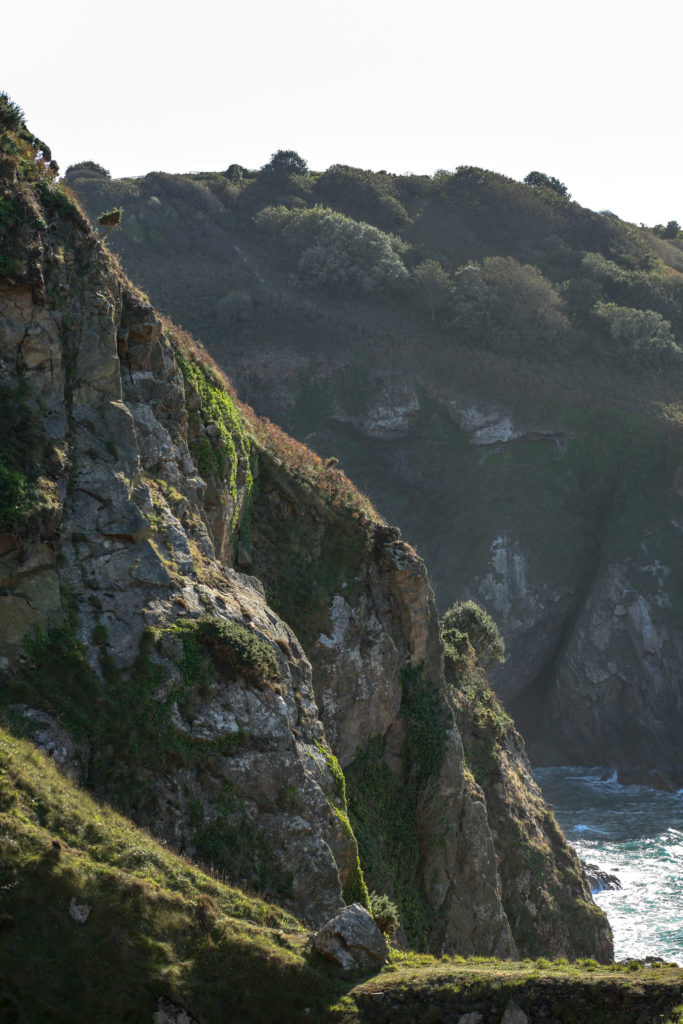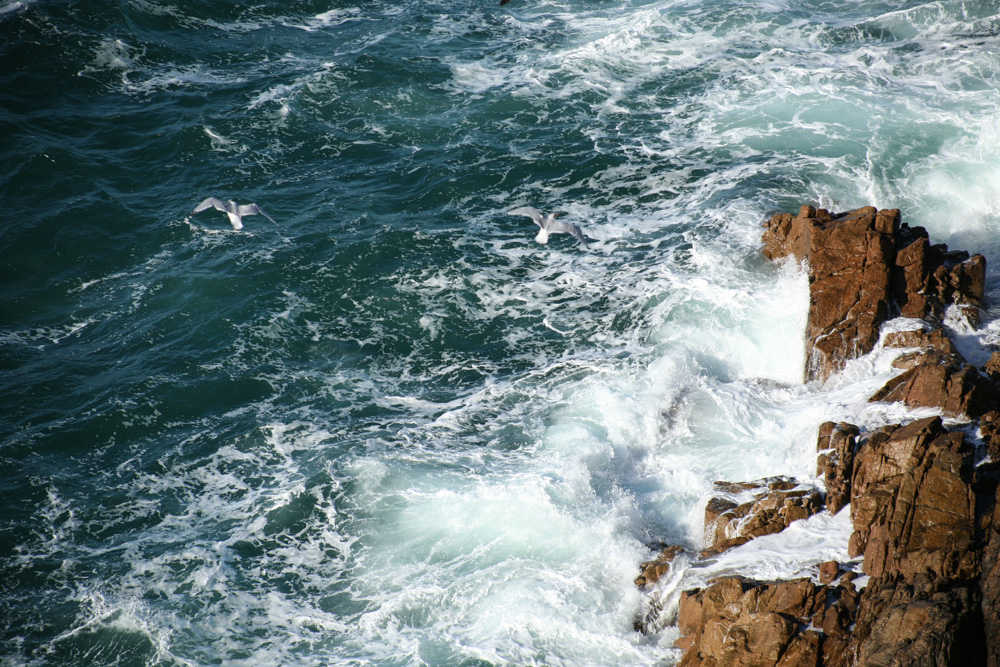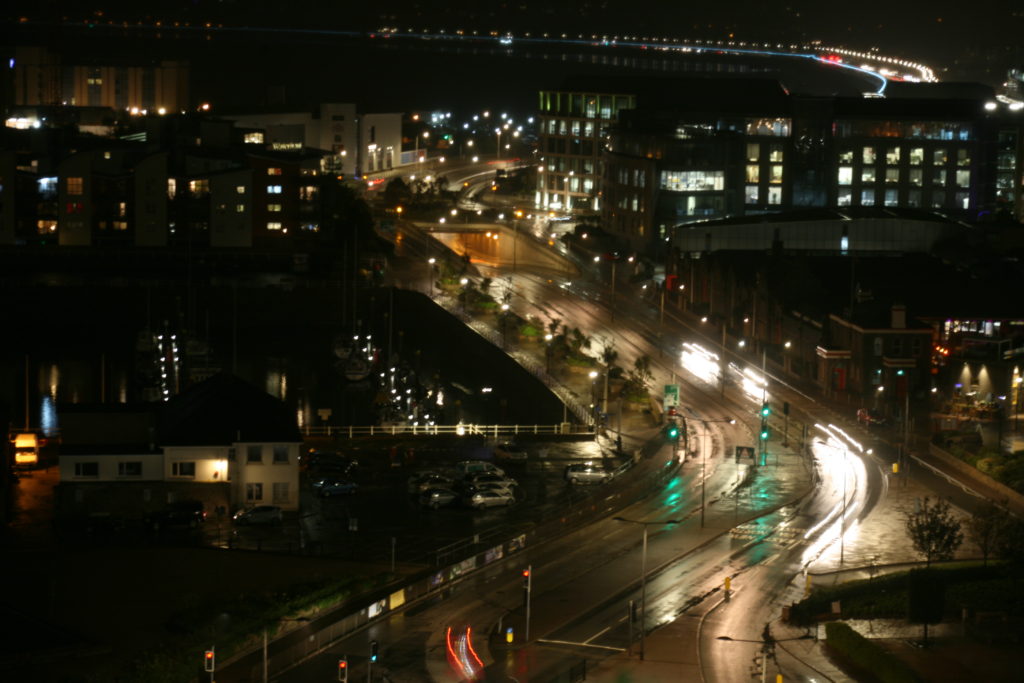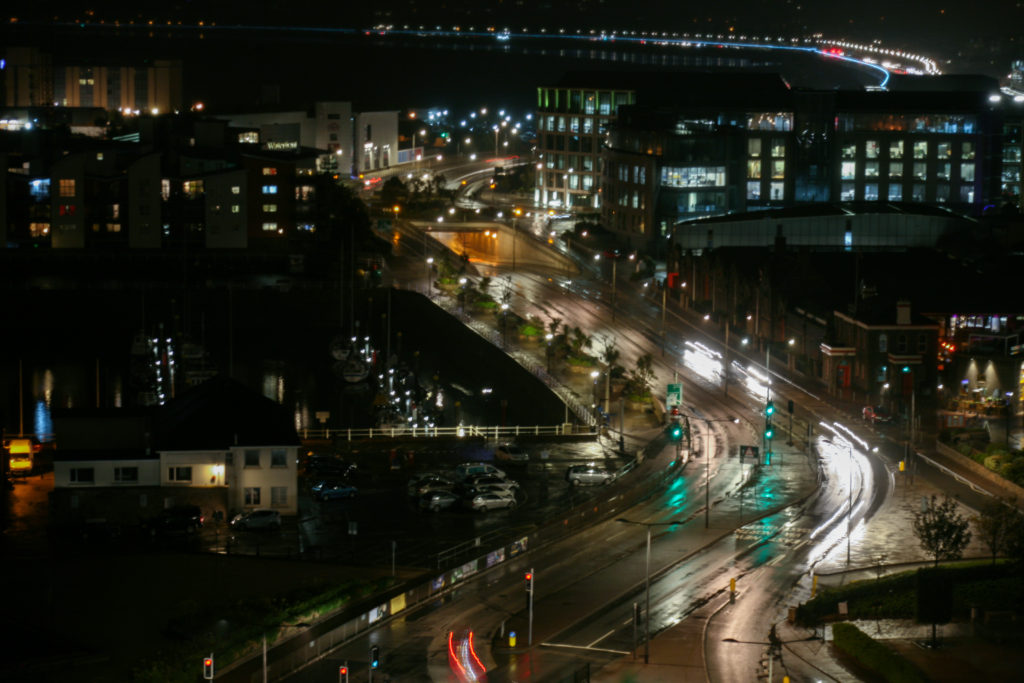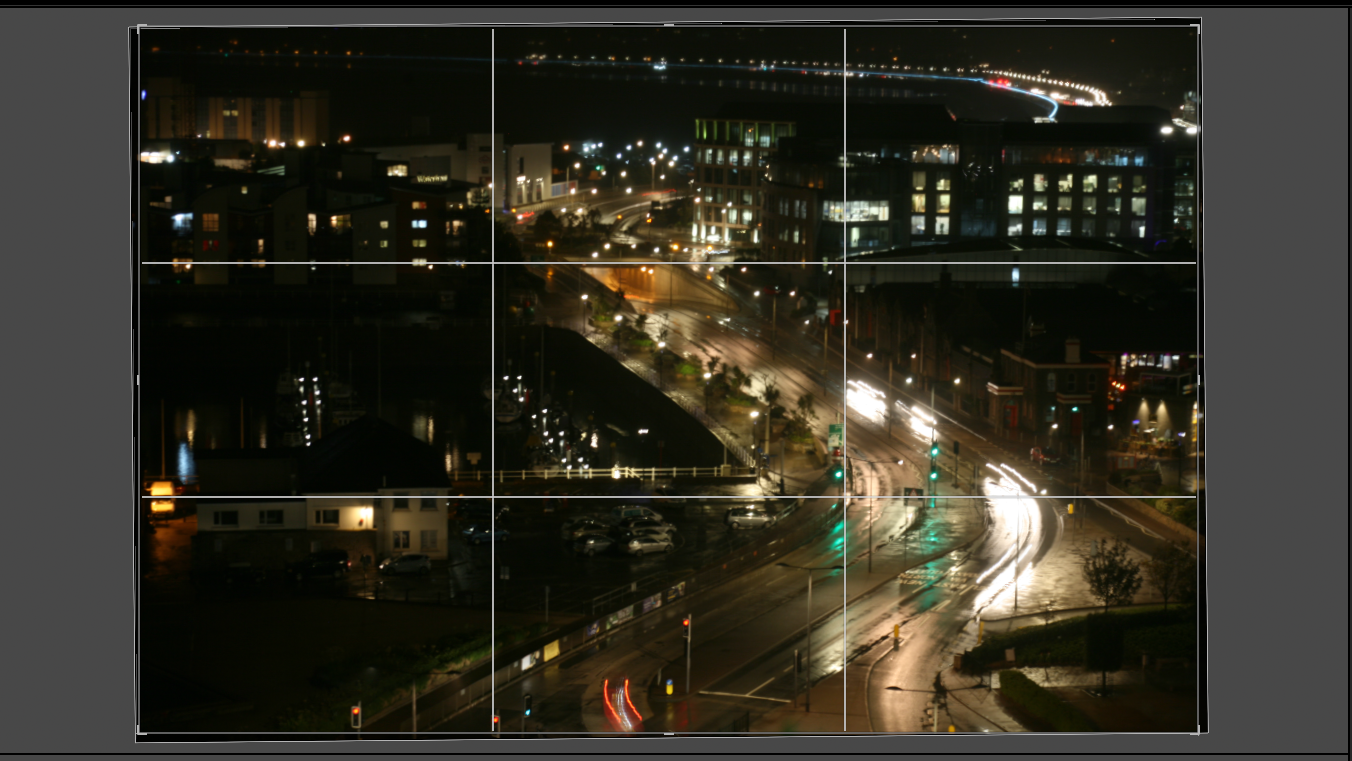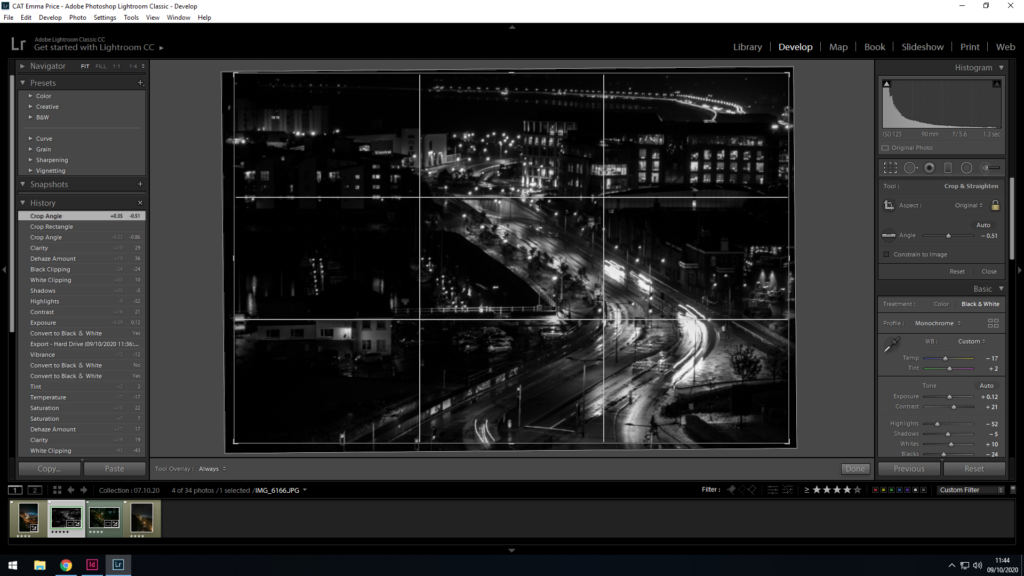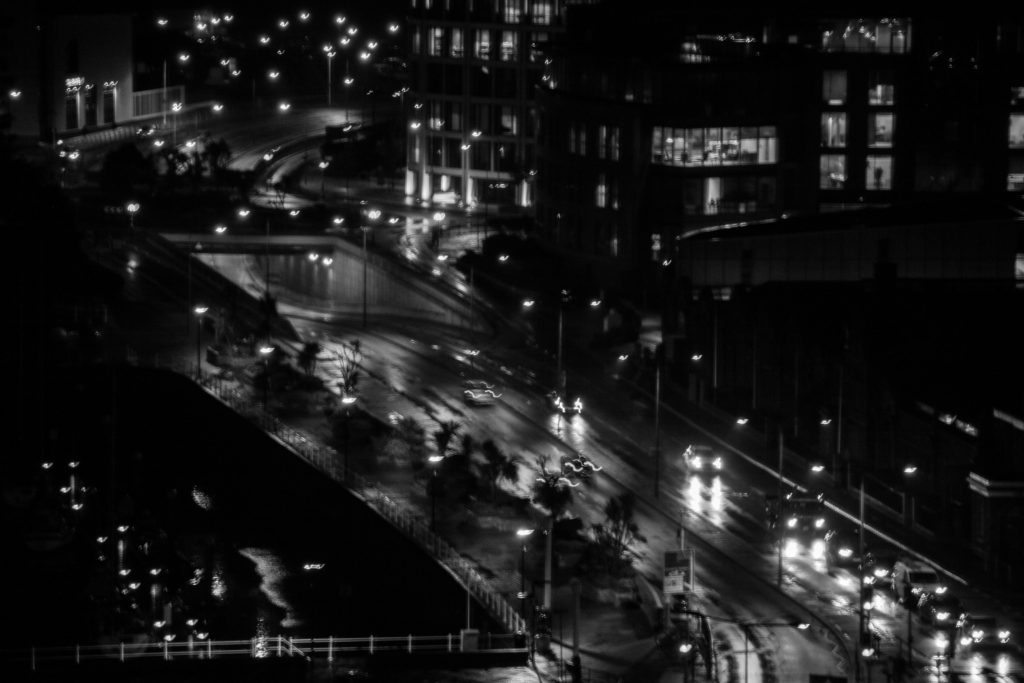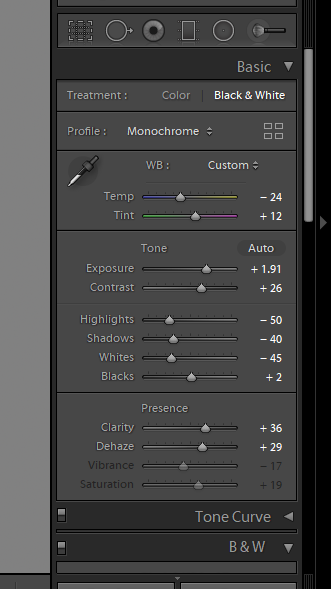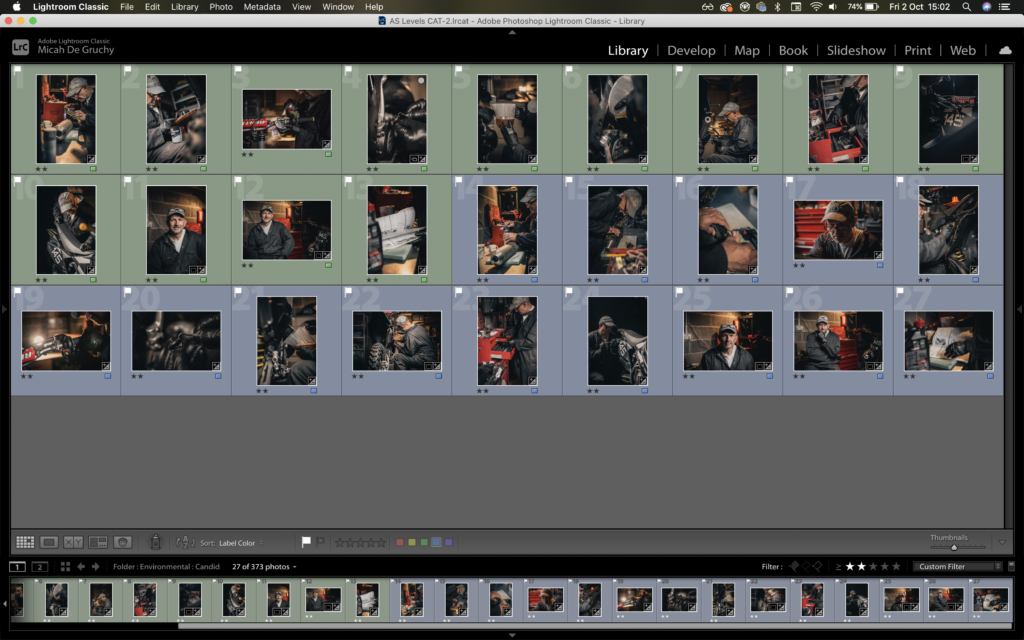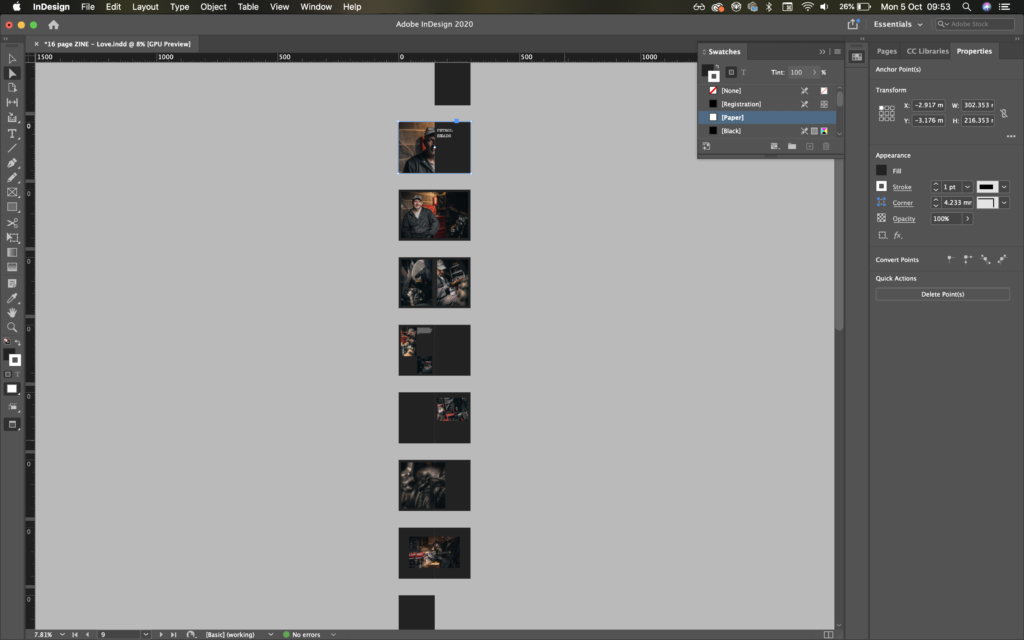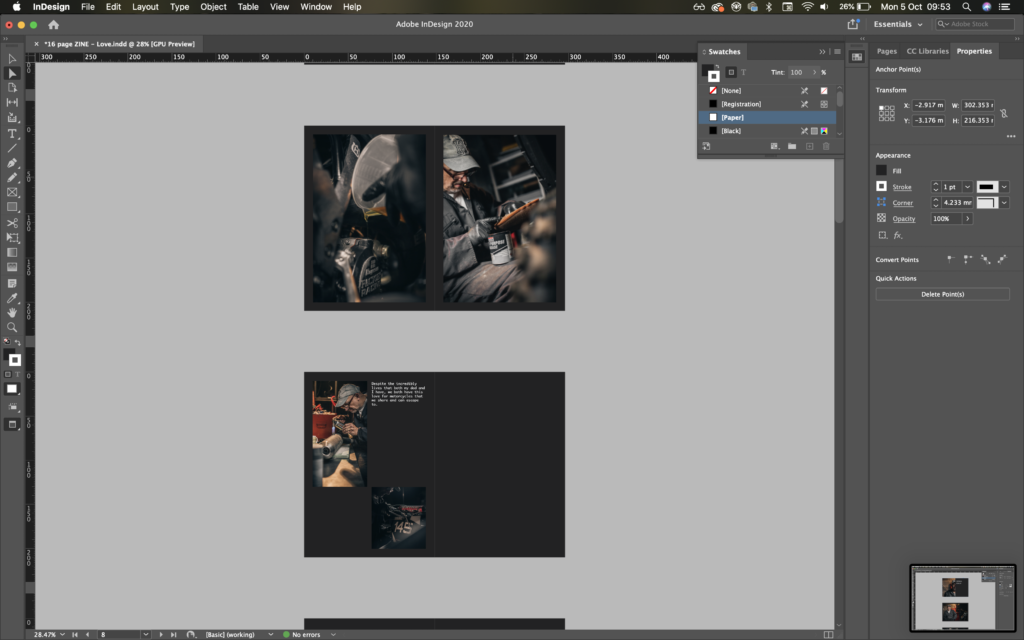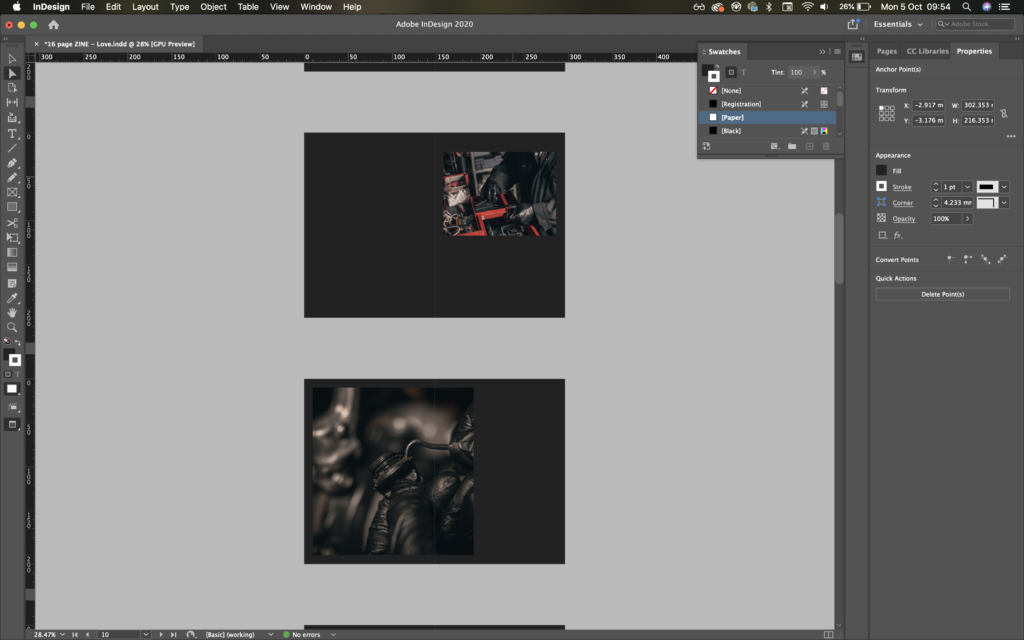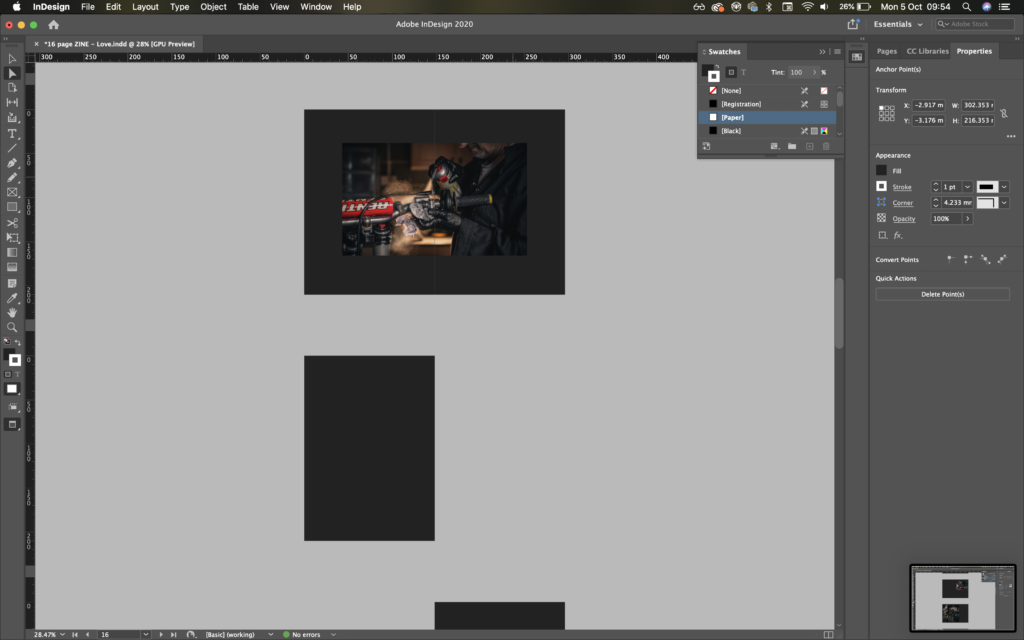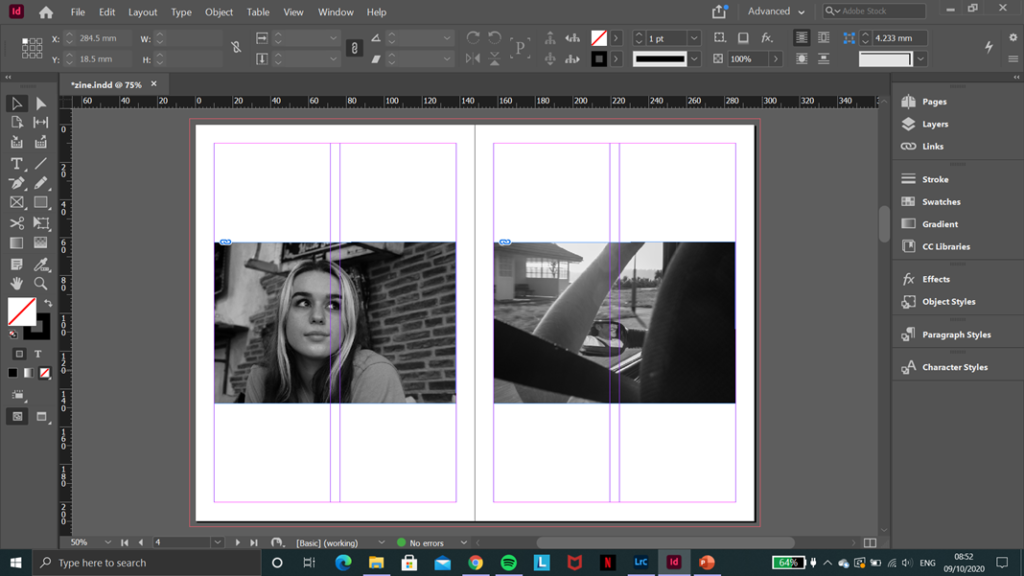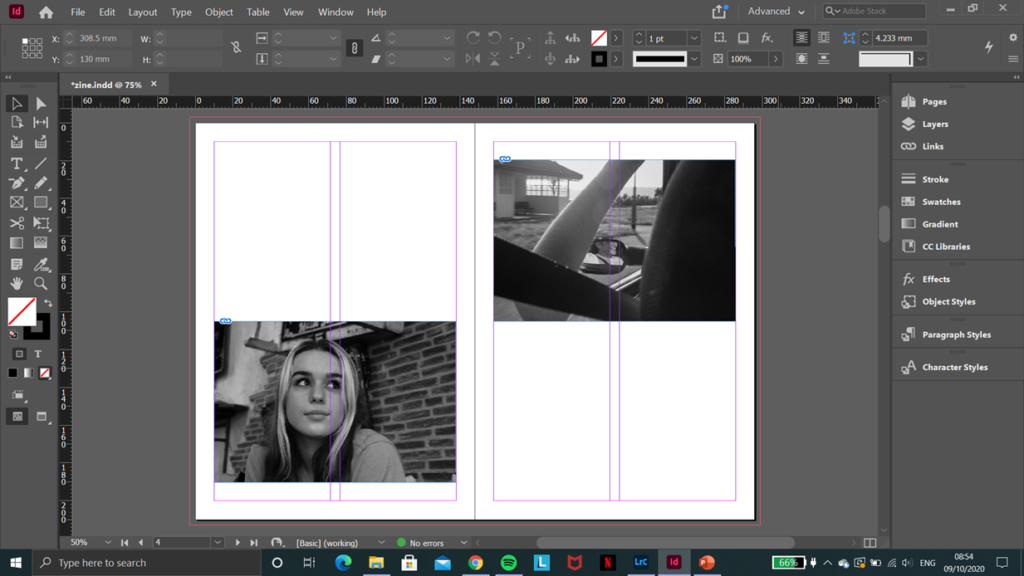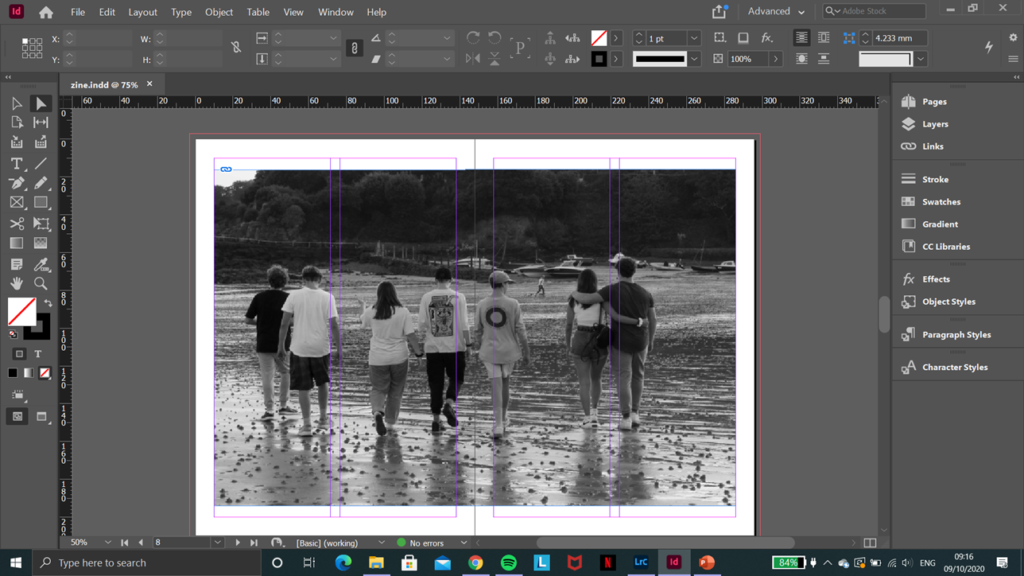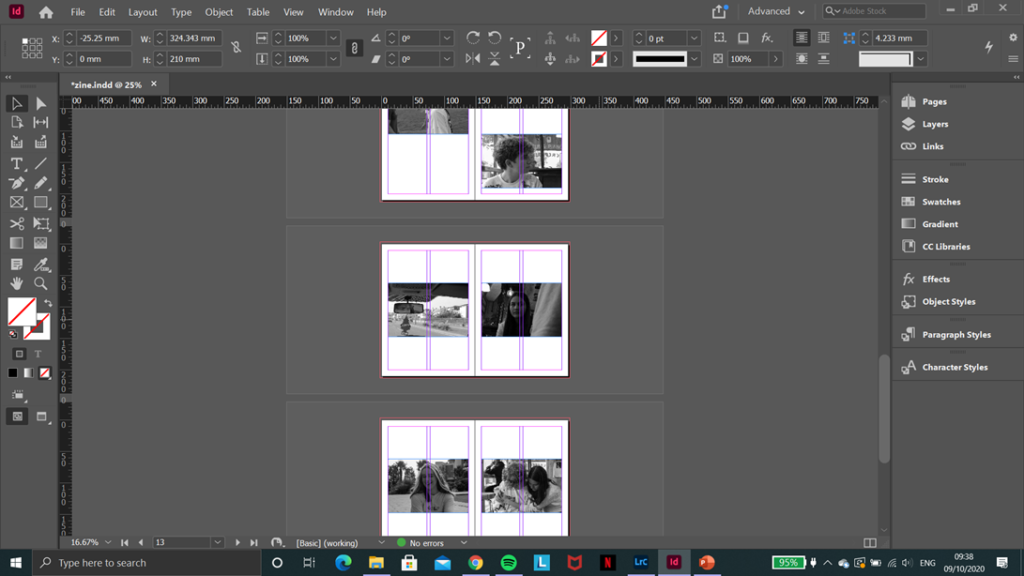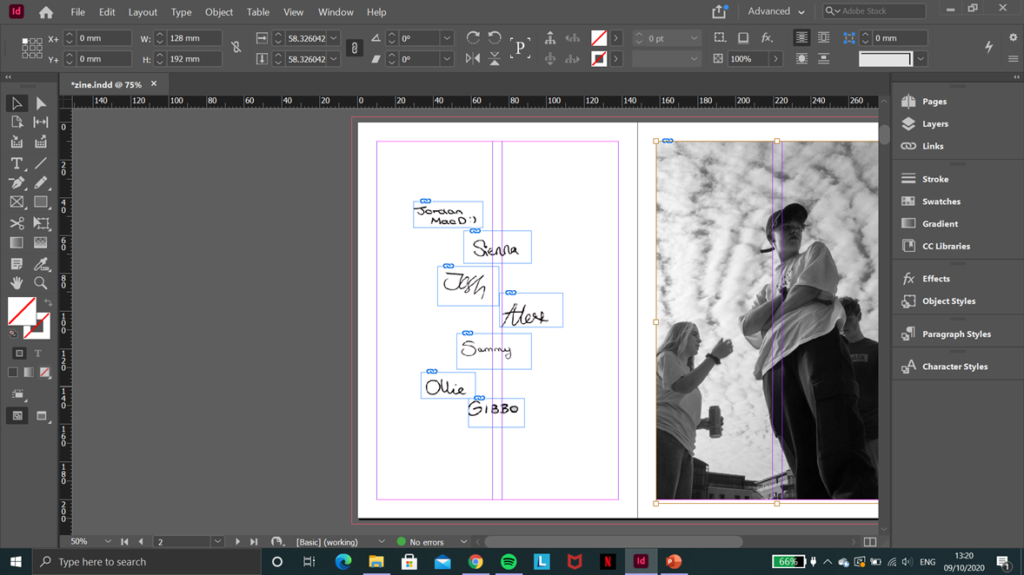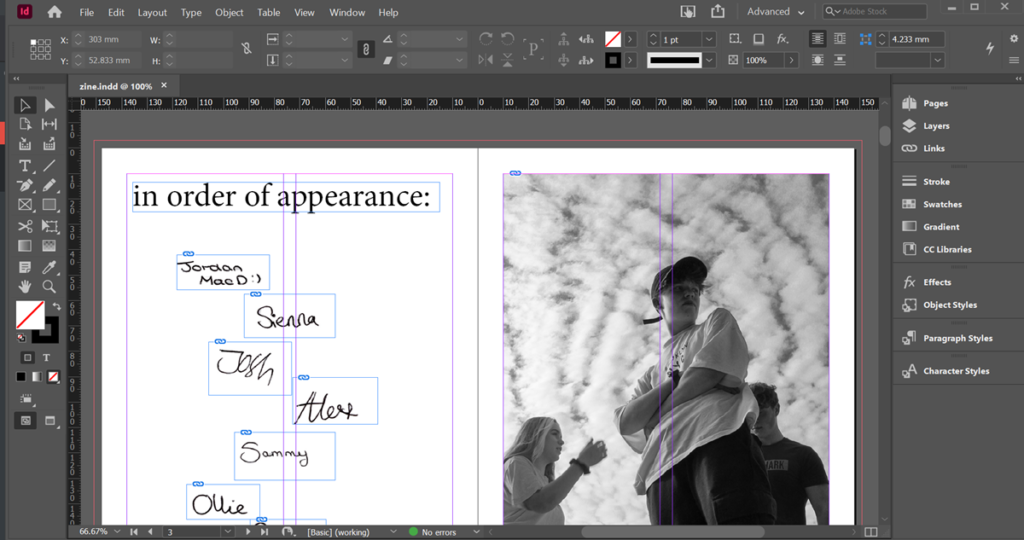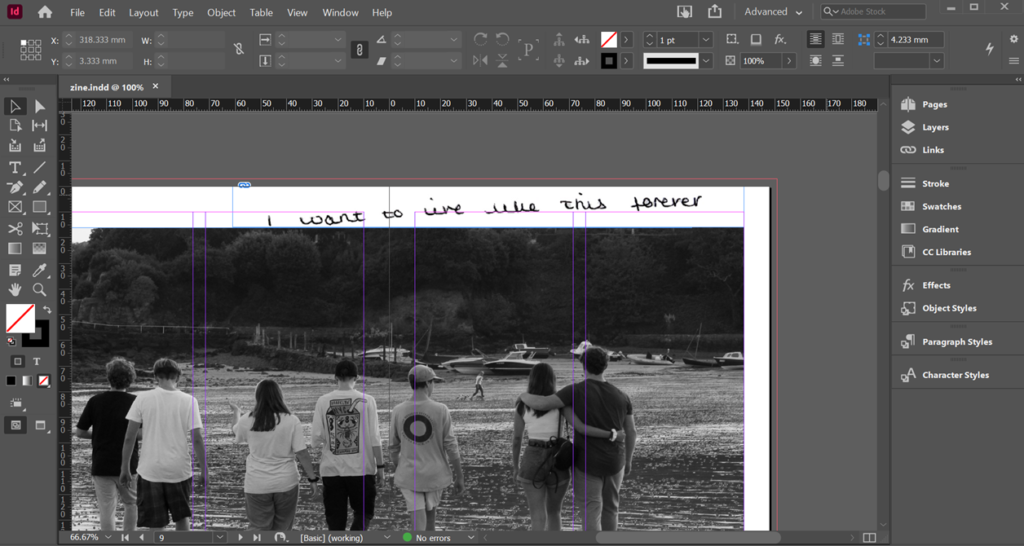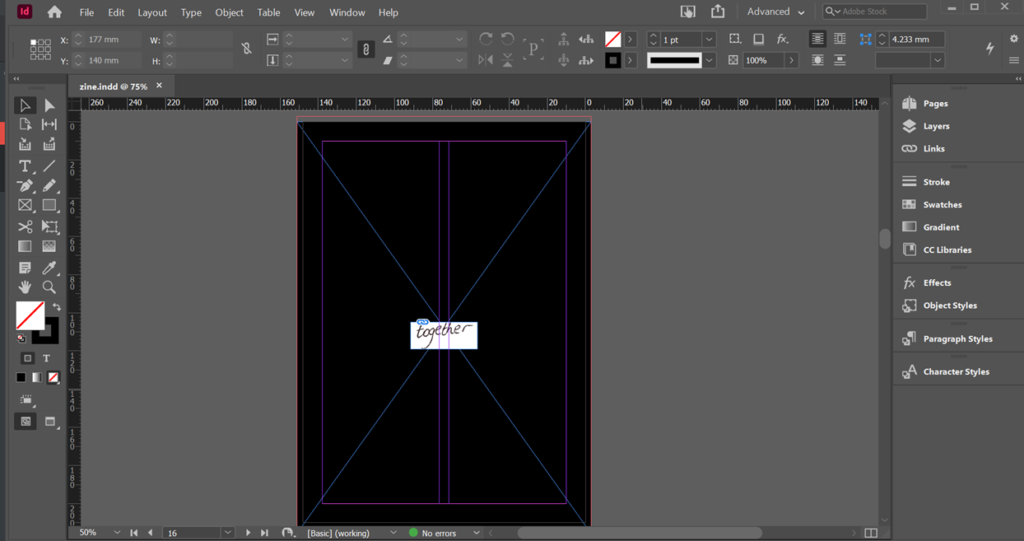THEORY & CONTEXT: Identity Politics and Cultural Wars
Identity politics can be defined as the calling of groups for ‘special treatment’ based upon gender, race, religion, or other contextual factors that may influence their identity. Originally, identity politics emerged as a result of discrimination against those of a certain background by those who are presented as ‘normal’ through false dominant ideologies. Some key examples of different identity politics would be the emergence of Civil rights, women’s rights and LGBTQ+ rights due to the amount of discrimination previously held against them, new actions were demanded in order to secure political and social equality. In my opinion, these groups acted as a platform for those who share similar backgrounds and beliefs, to express their need and right to equality with those in the ruling classes of the social hierarchy. In terms of cultural wars, referring to the conflict between social groups and their fight to become the most accepted or dominant ideology, theorist and activist ‘Antonio Gramsci’ can be useful. Gramsci coined the term ‘Hegemonic Struggle’ which alludes to the suppression of one groups ideologies because of the support for its ‘opposing’ groups ideologies, with the opposing group commonly being the one located highest on the social hierarchy. In my opinion, both Cultural Wars and Identity politics allow for change on old ideas and for new equalities to be emphasised, however the downside to these concepts would be how they are portrayed negatively, especially in politics whereby they are described as extremist and deconstructive methods.
Identity politics and Cultural wars both have massive impacts on society both positively and negatively. For example, the idea of having a group that allows individuals to feel connected and valued based upon shared ideas or themes is obviously positive and emphasises greater actions to be taken in order to protect and support these groups. On the other hand, due to these groups societies have been completely changed, which could be viewed as a positive or negative based upon individual thought. Similarly, it also allows for the development of more extremist groups, who may use their group in order to gain power and therefore influence and enforce their own ideas rather than allowing each individual to harness their own. Which then links into an idea suggested by Noam Chomsky called ‘Manufacturing Consent’, which is the idea of how mass political powers (those at the head of Governments i.e Trump) use their power in order to control and manipulate the population and those that are underneath them via mediums such as propaganda, forcing the public to follow his views, falsely imitating the idea of consent. Those who may oppose his views would therefore be positioned against those who agree which would then lead to matters such as a cultural war.
Without identity politics, movements such as the ‘Suffragettes’ and ‘Black Lives Matter’ would have been a lot less likely to occur and have the impact in which they did. The suffragette movement is key as it was the beginning of a cultural war, that is still being fought, however the amount of change that has occurred since the movement in 1890, in terms of the improvement of treatment and equality of women has grown massively. The opposite of this positive may be the emergence of ‘Tribalism’ which can end in the dividing of communities due to the contrasts between their beliefs in which they portray as a representation of the person as a whole rather than just a belief they have.
In terms of a local context, Jersey is quite a small island and therefore the spreading of one idea if fairly easy, however after that view has been expressed by the majority it is hard for it to be changed. The emergence of new media and technology allows for more demographics to be connected on a global scale which therefore allows for ideas and views to be shared quickly and easily. This would be hard to obtain in an Island such as jersey as concepts on race, religion and sexuality are constantly changing and without significant technologies like those in major cities it is highly likely for many dominant ideologies to remain stagnant.

Sources used –

